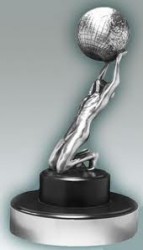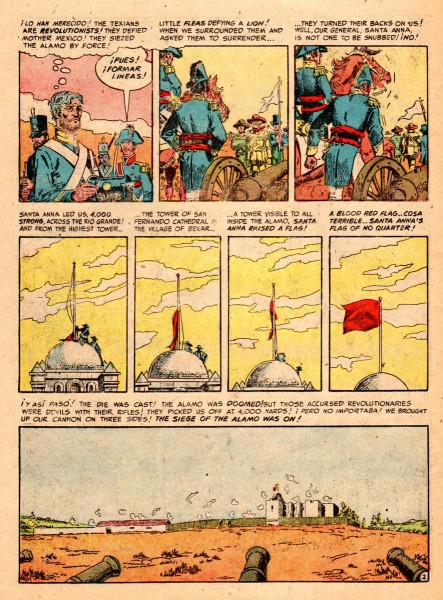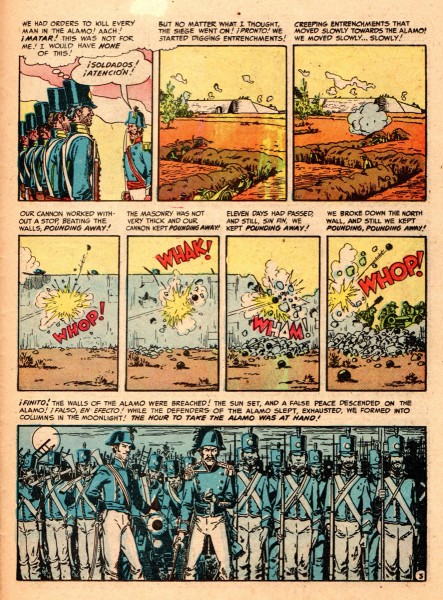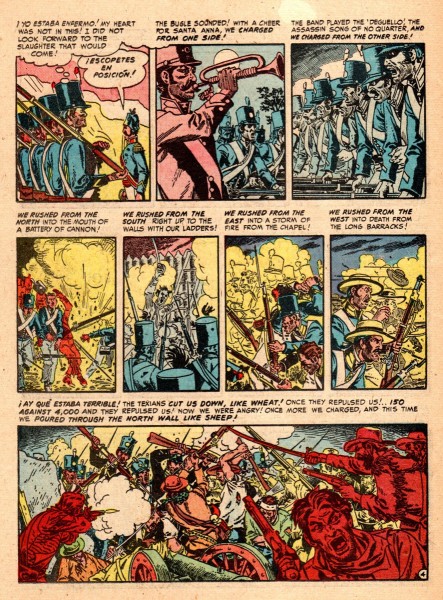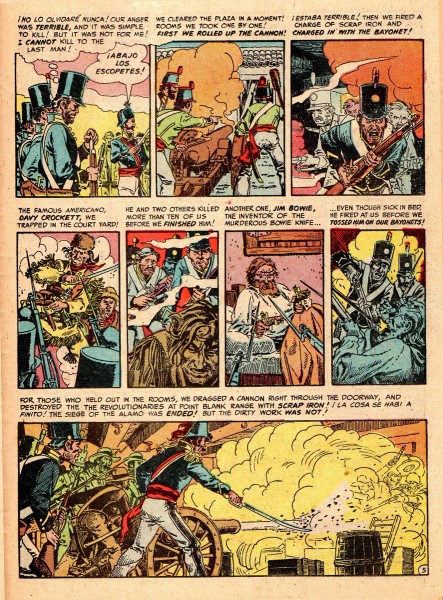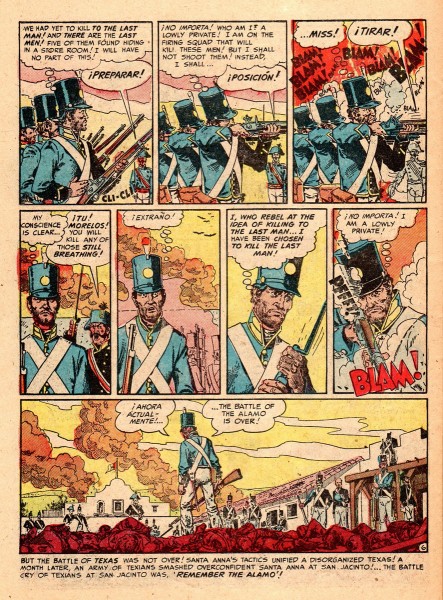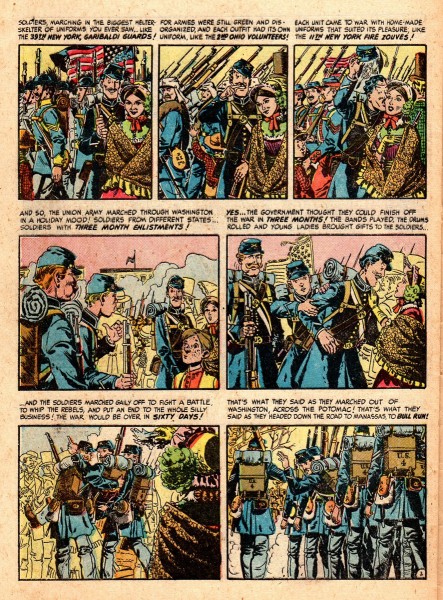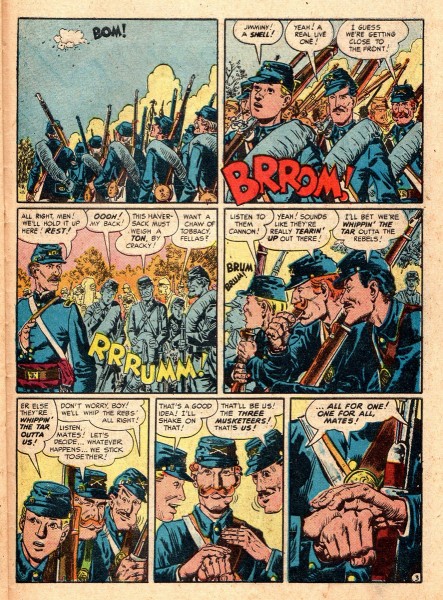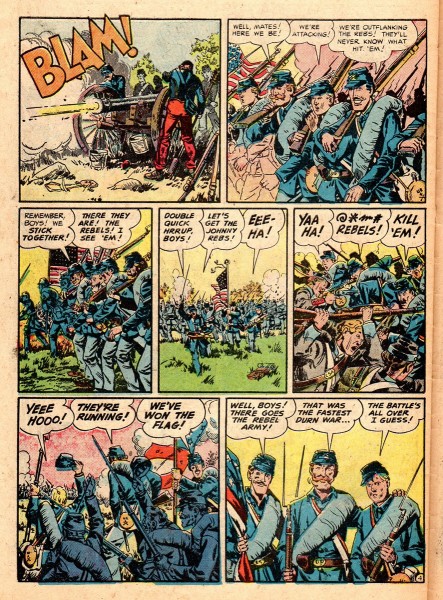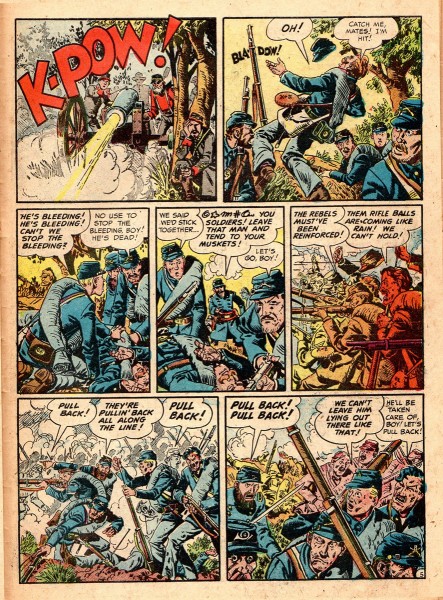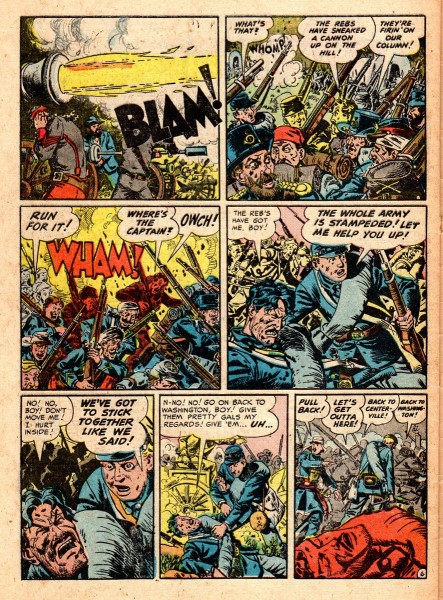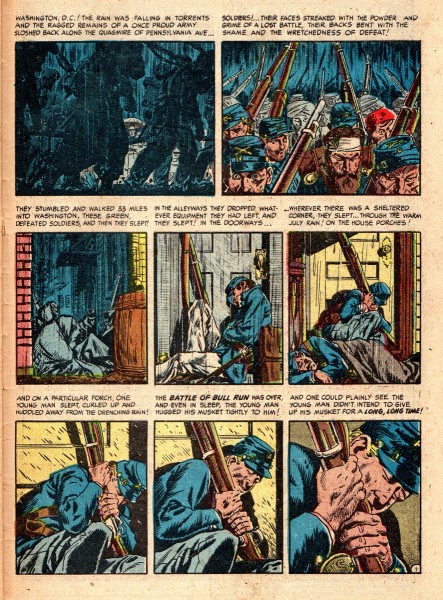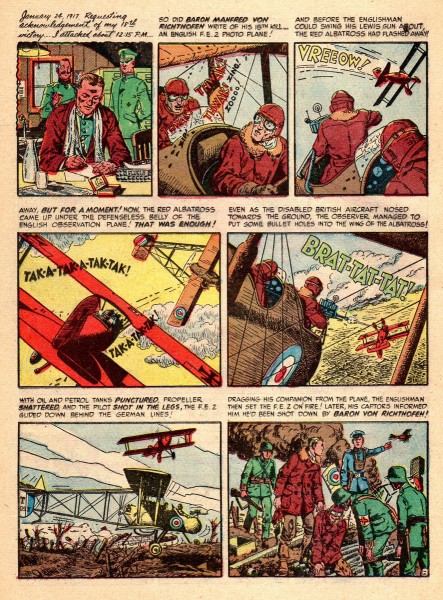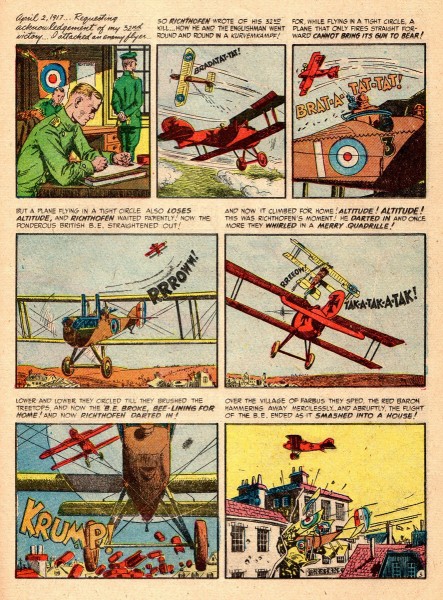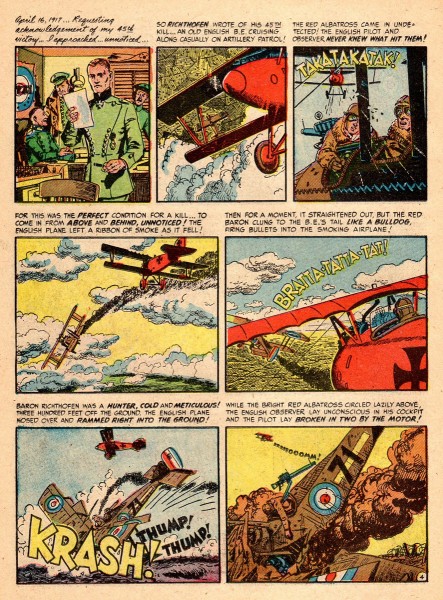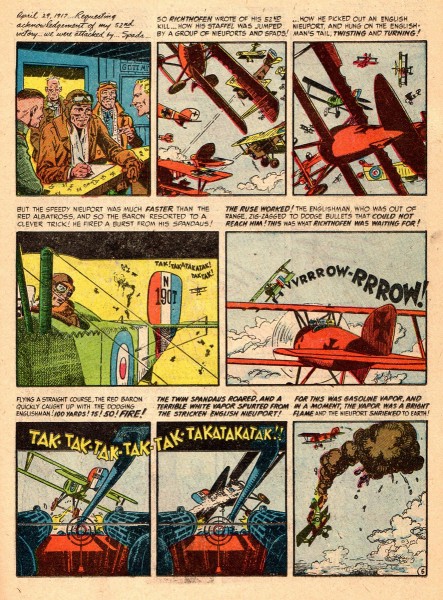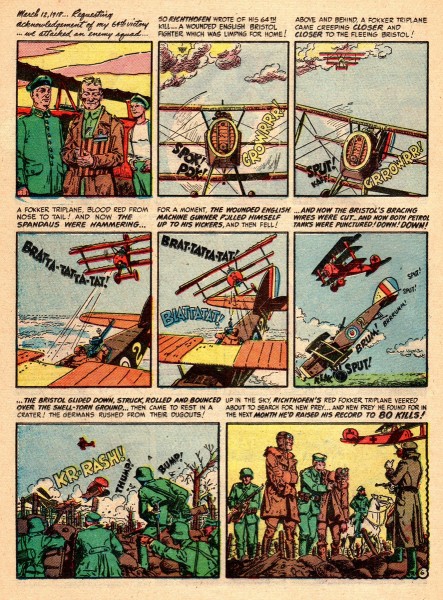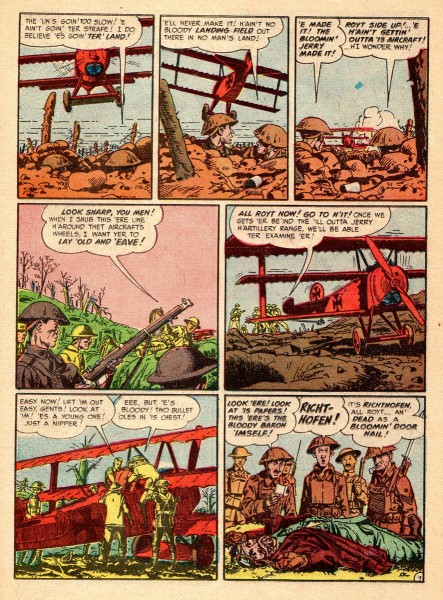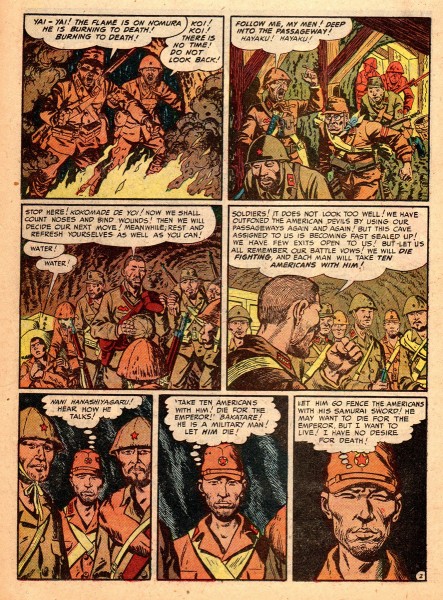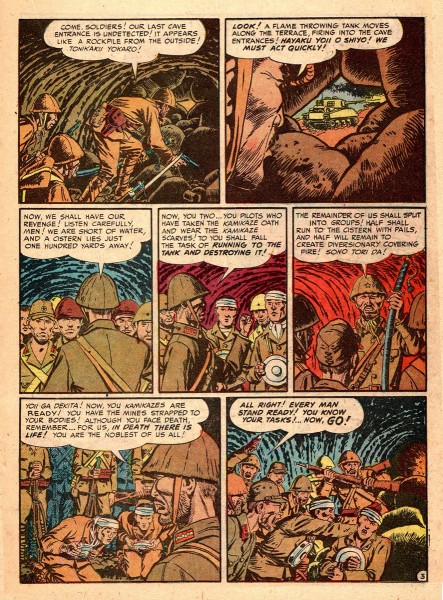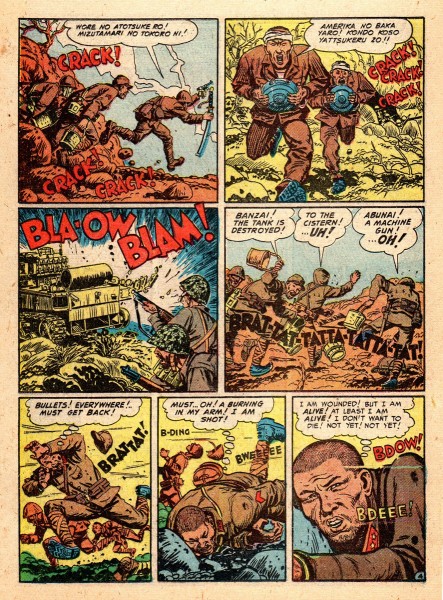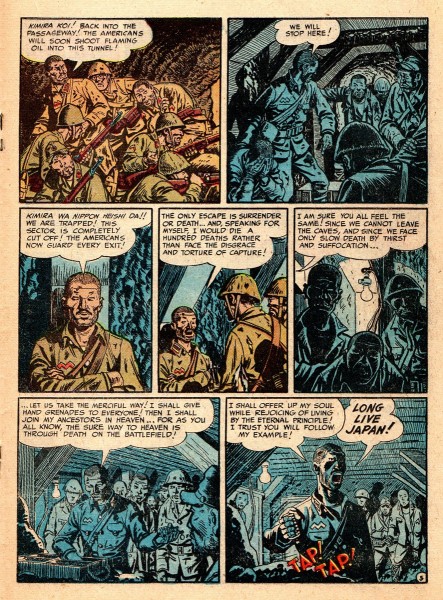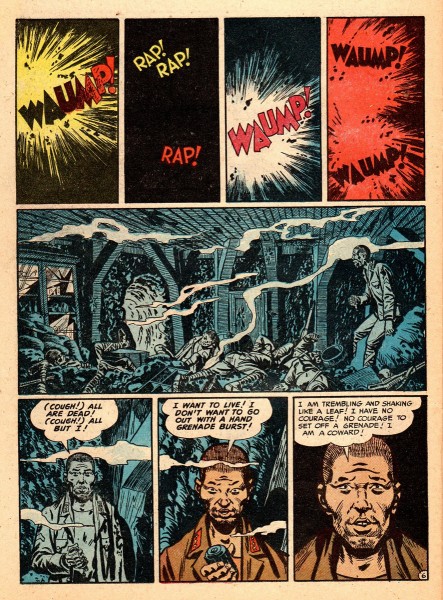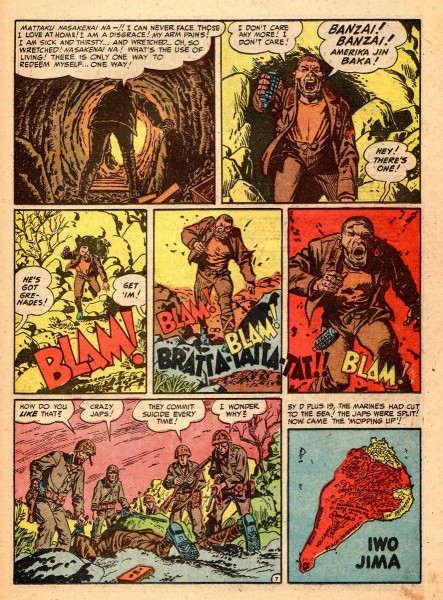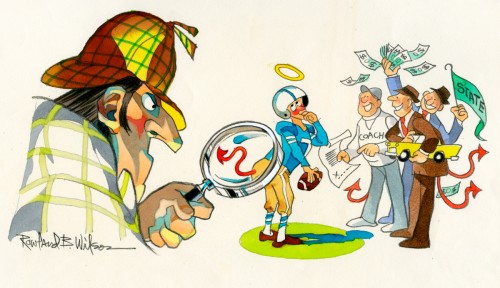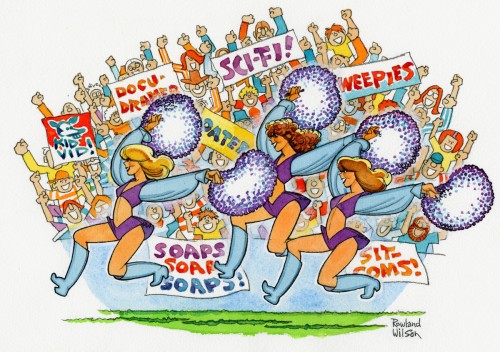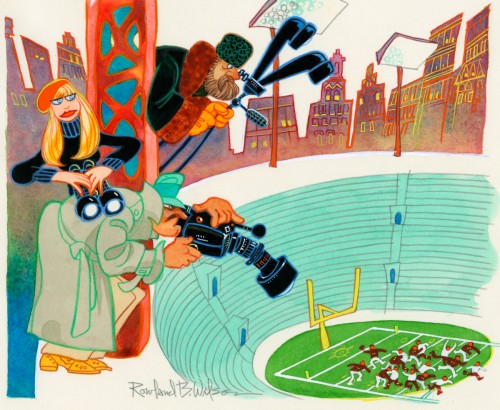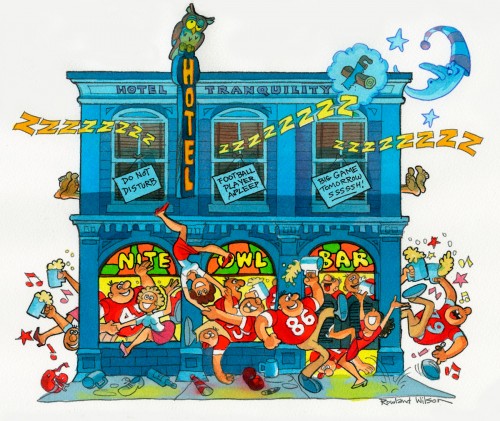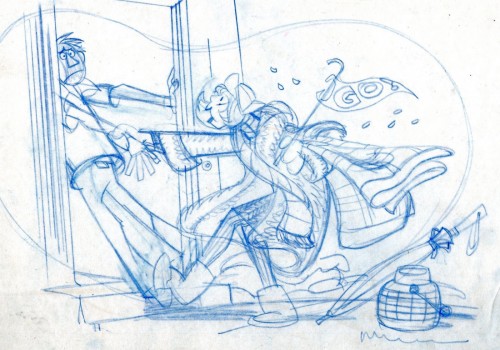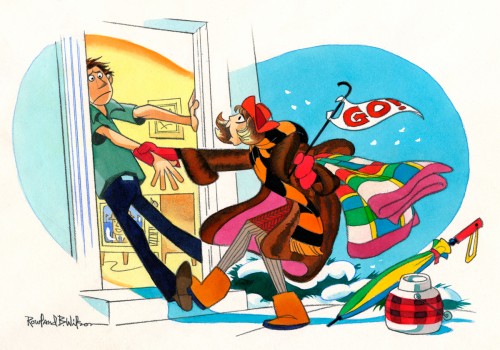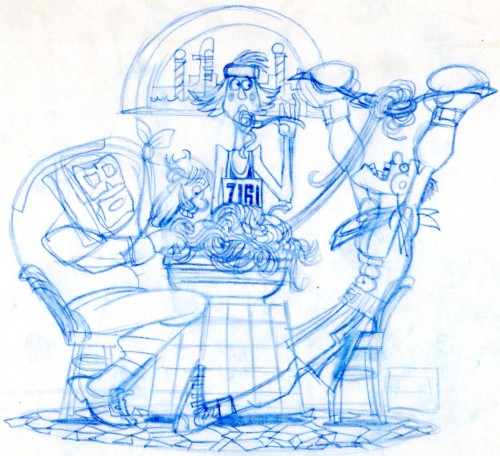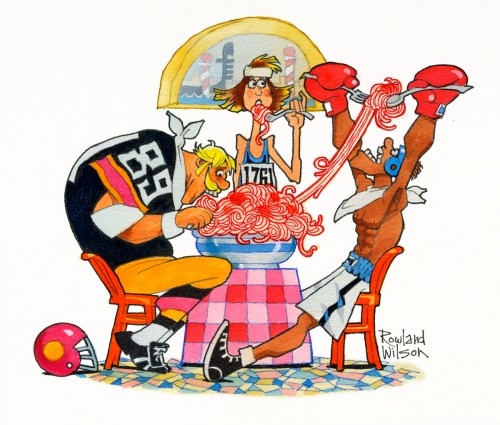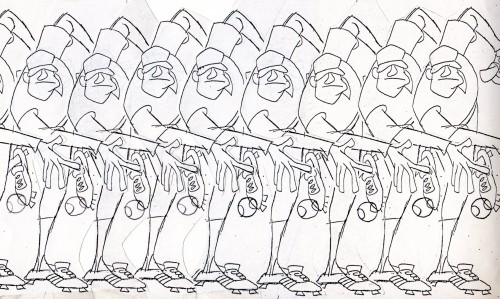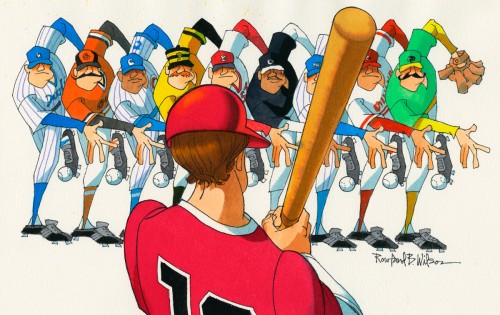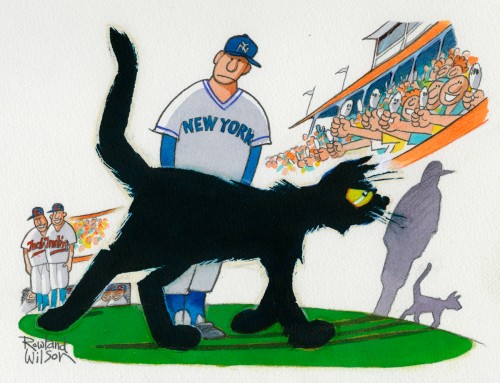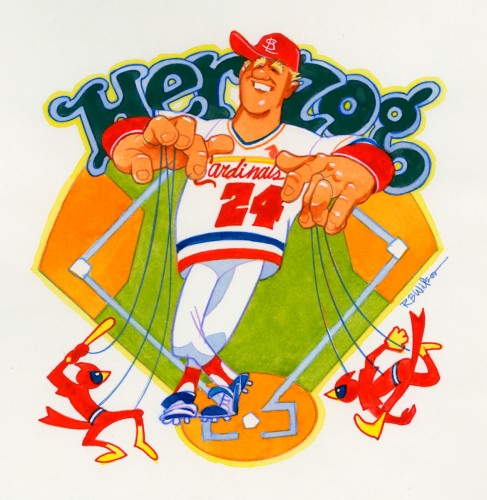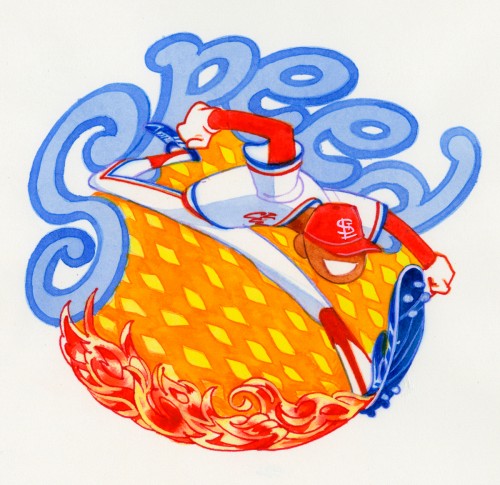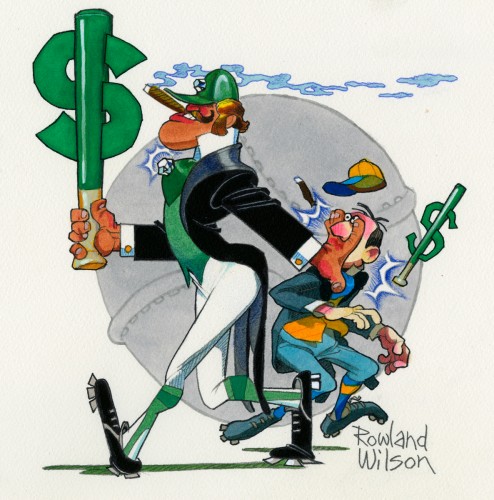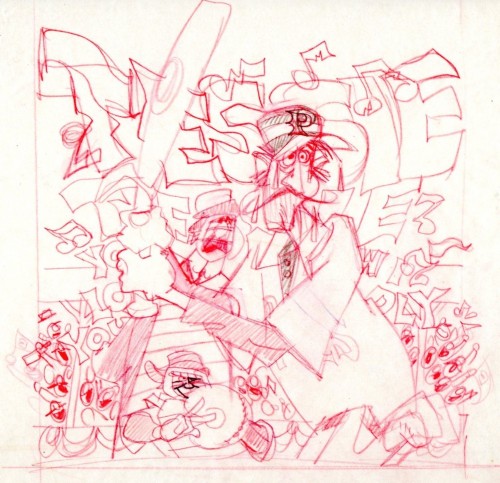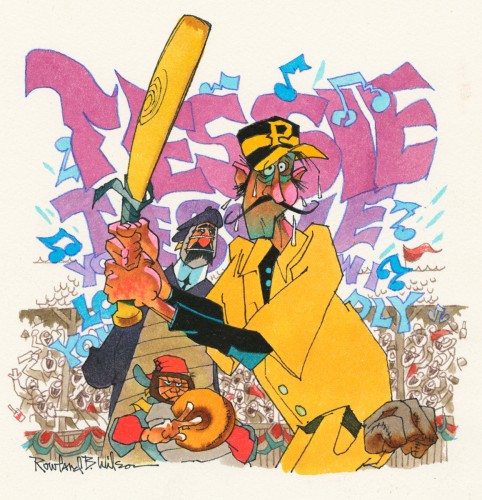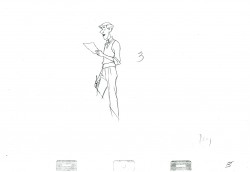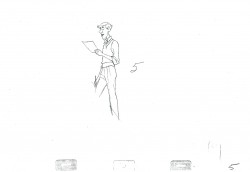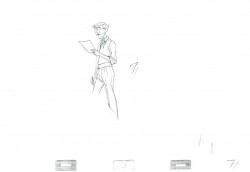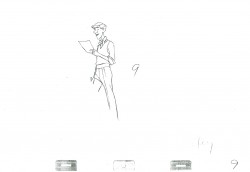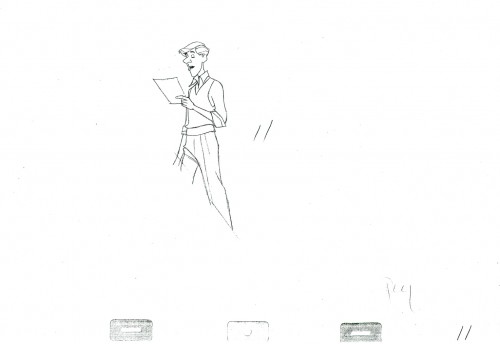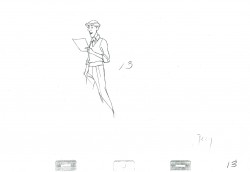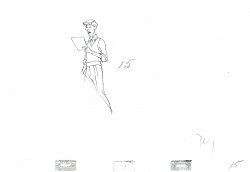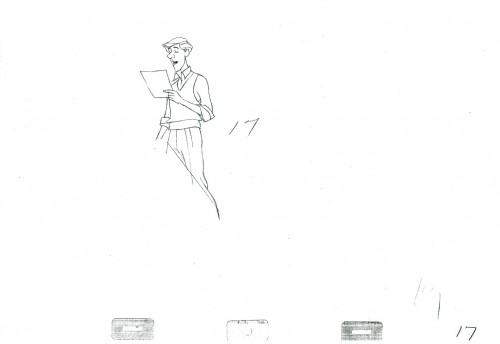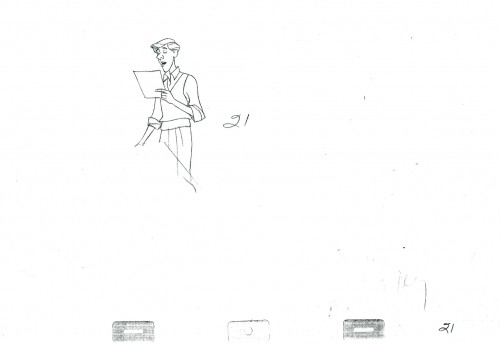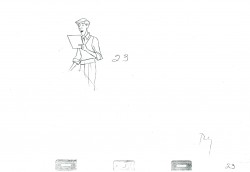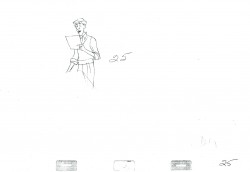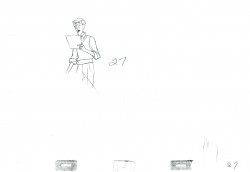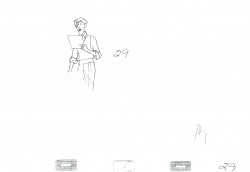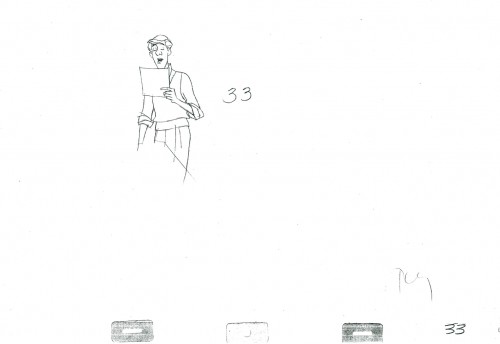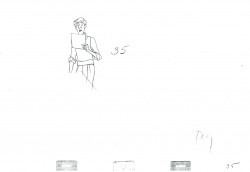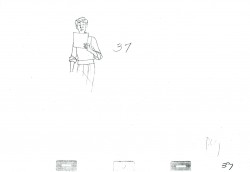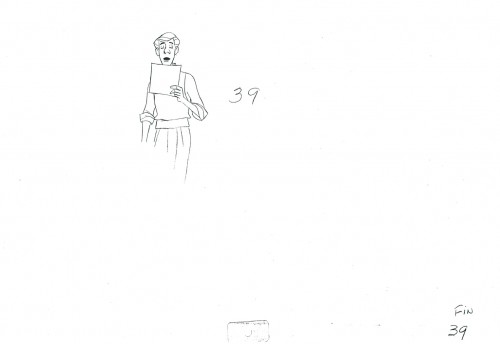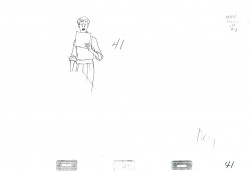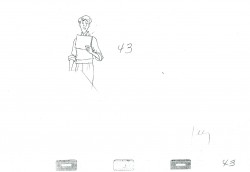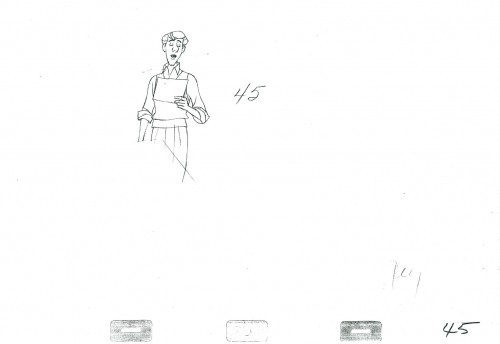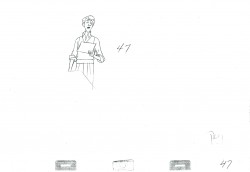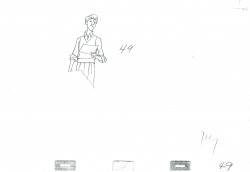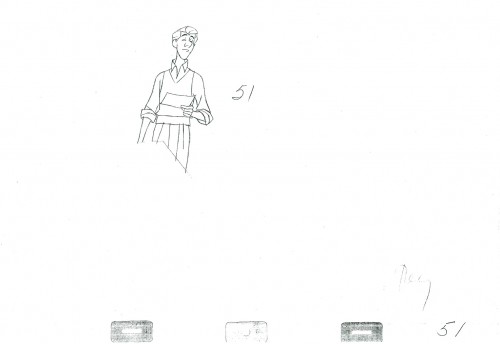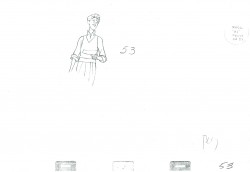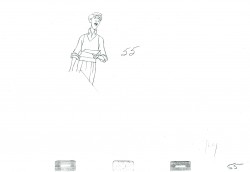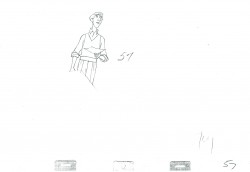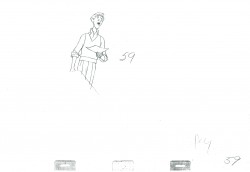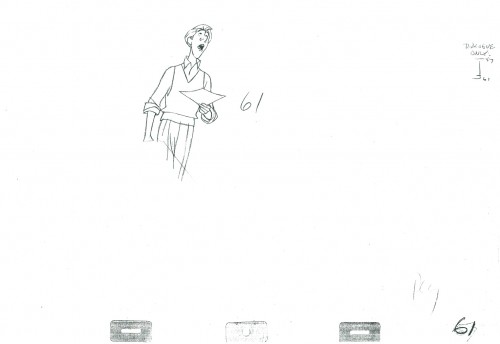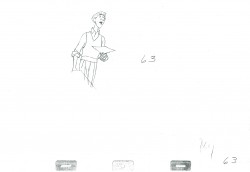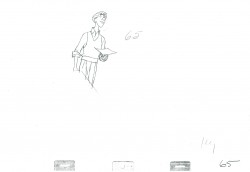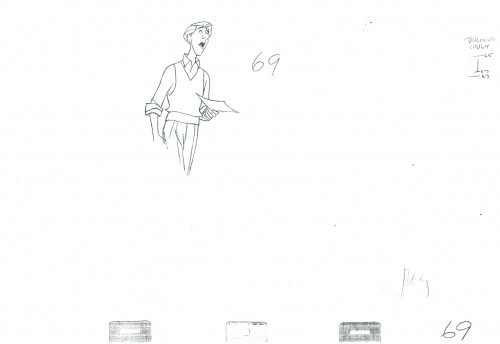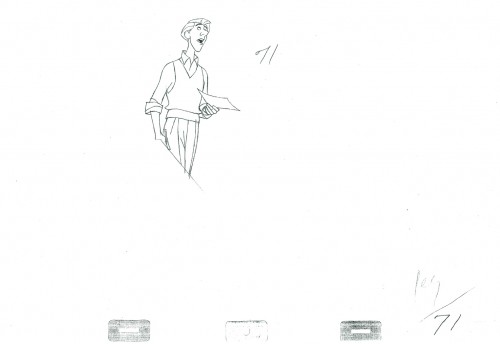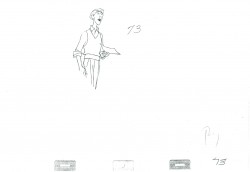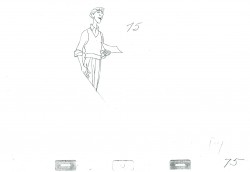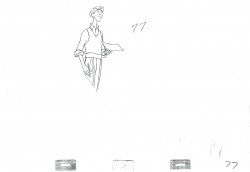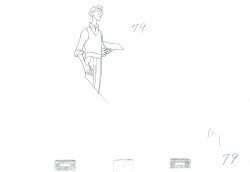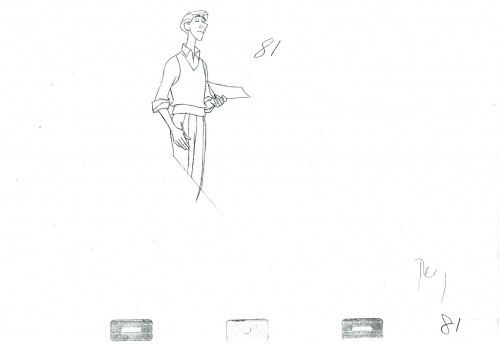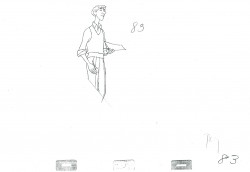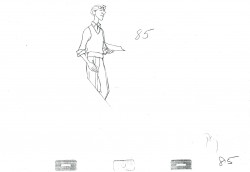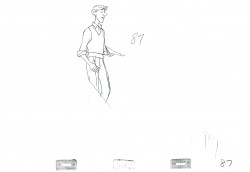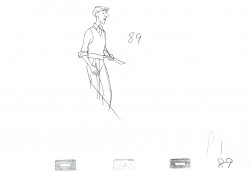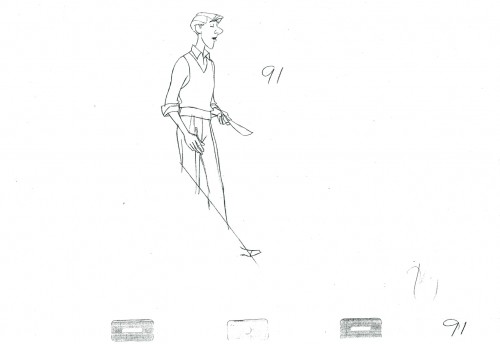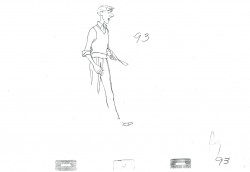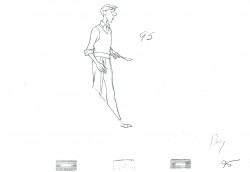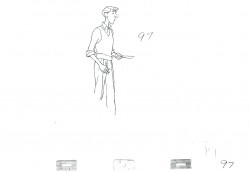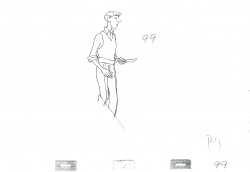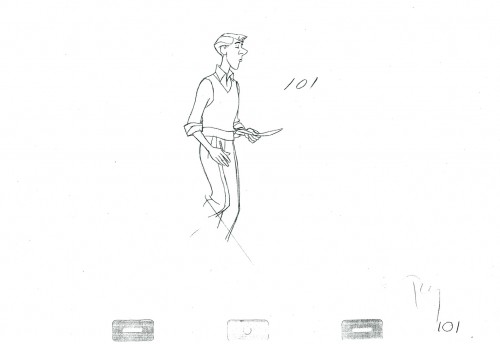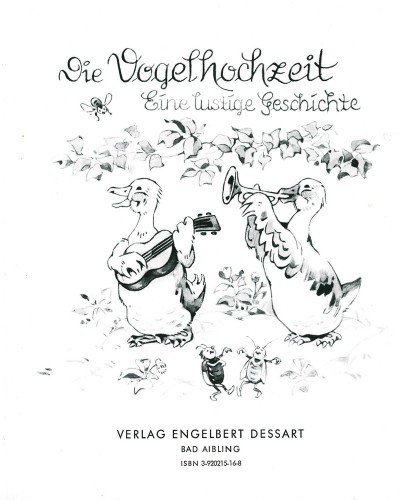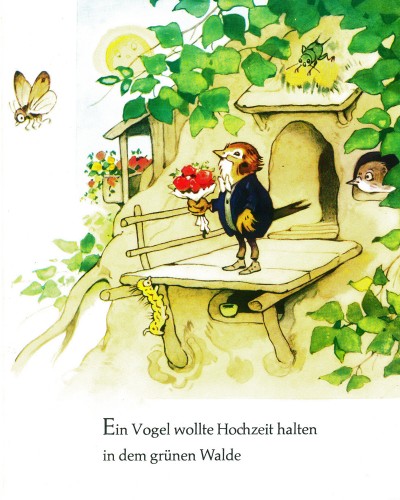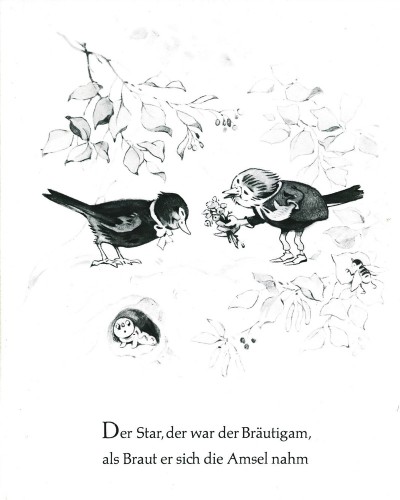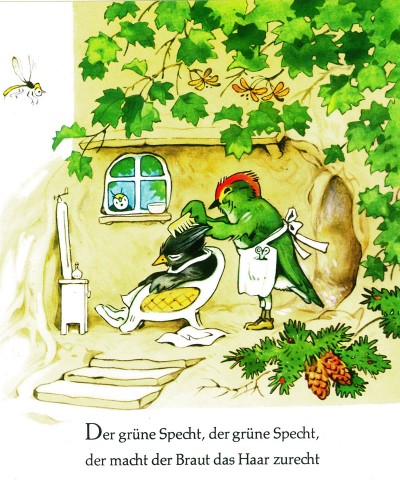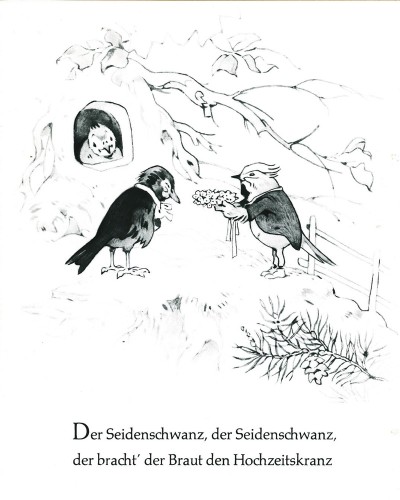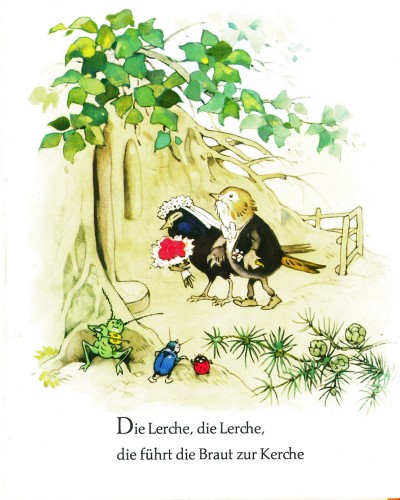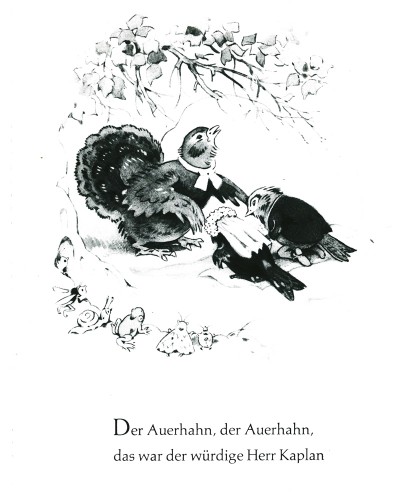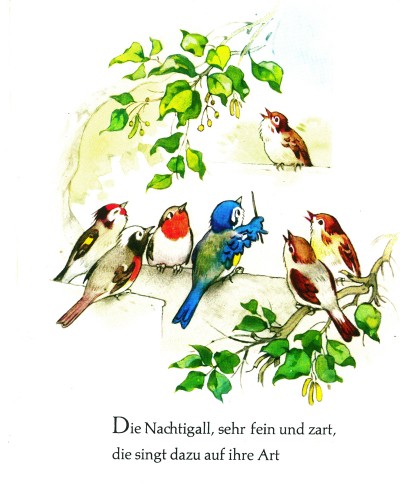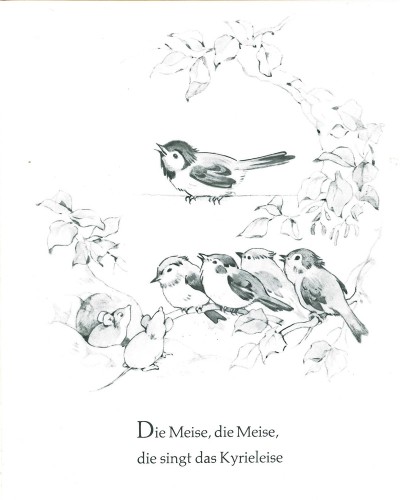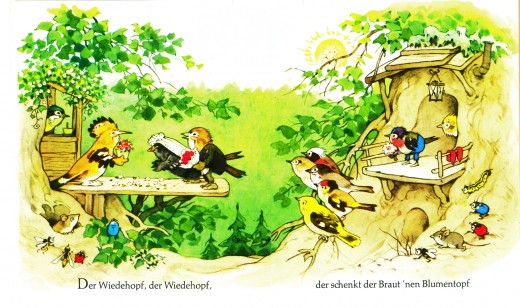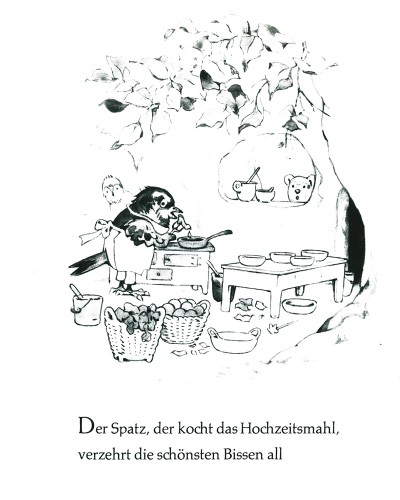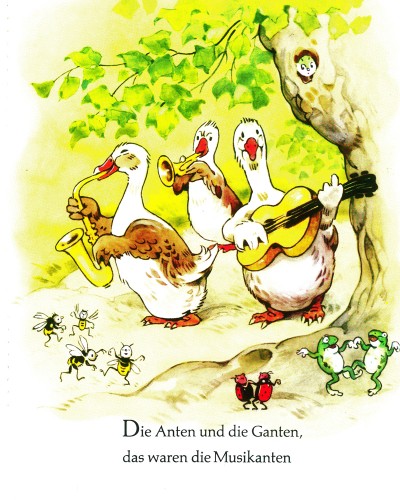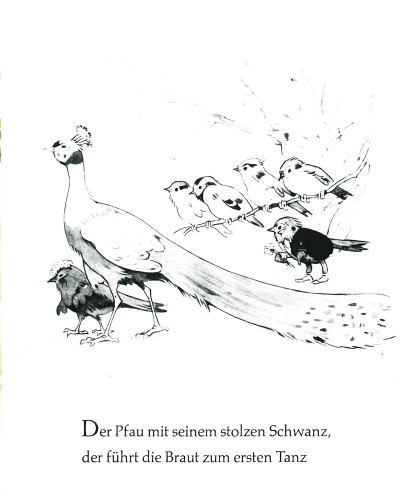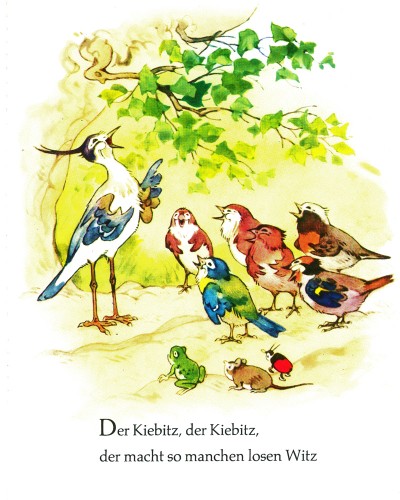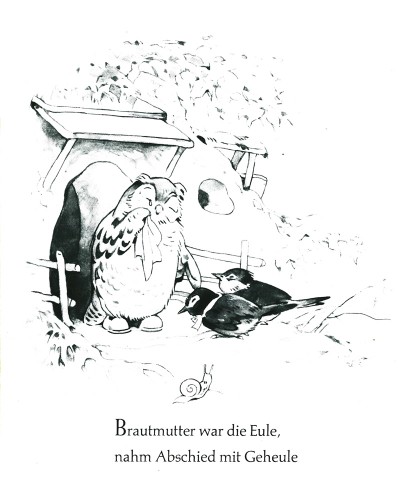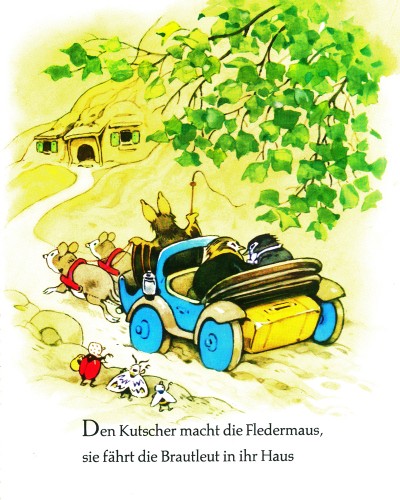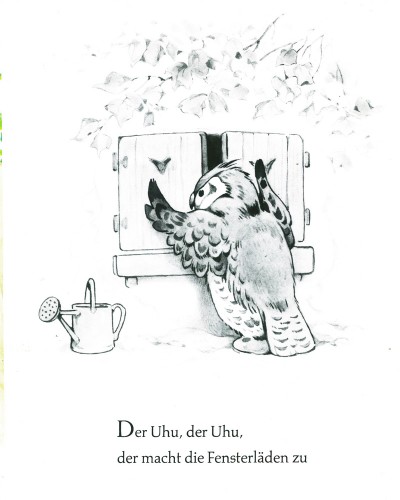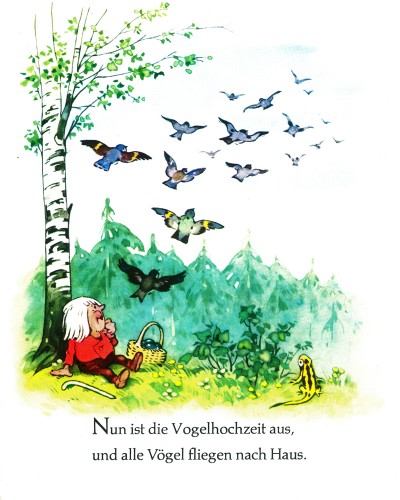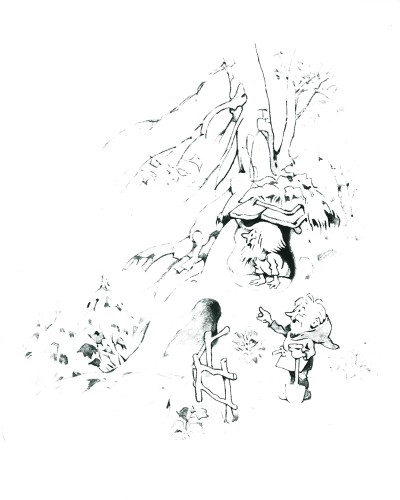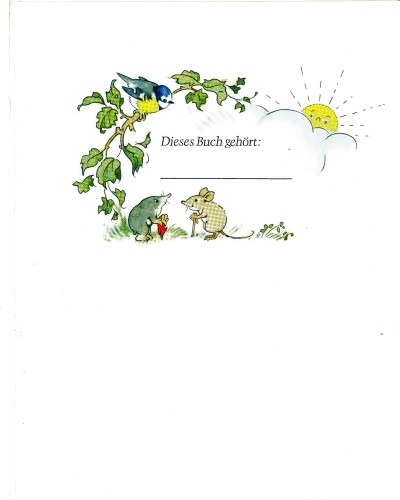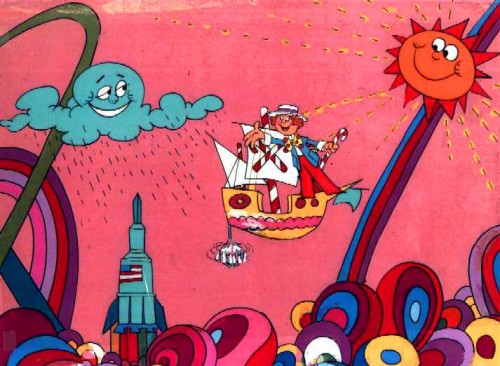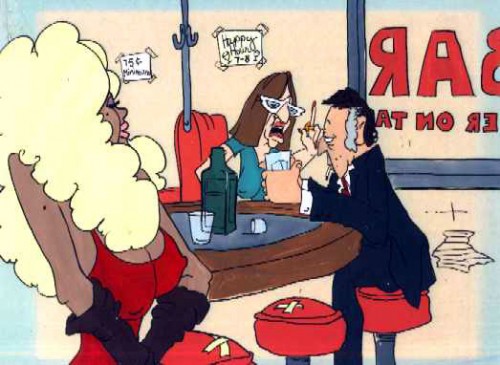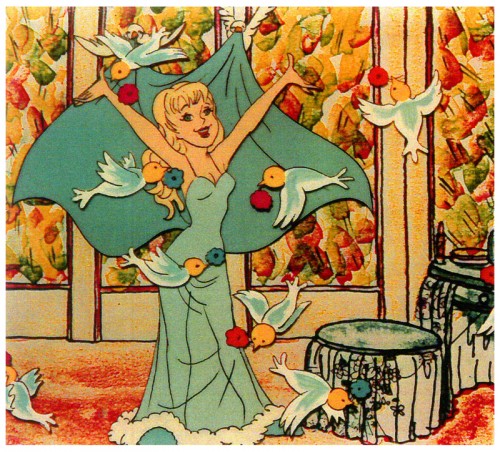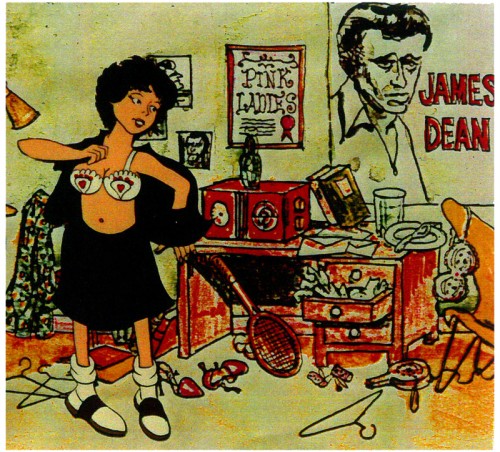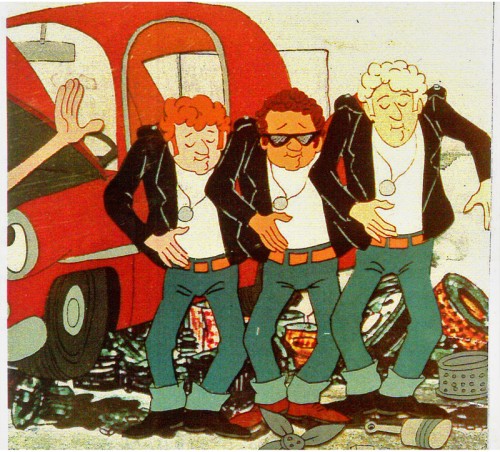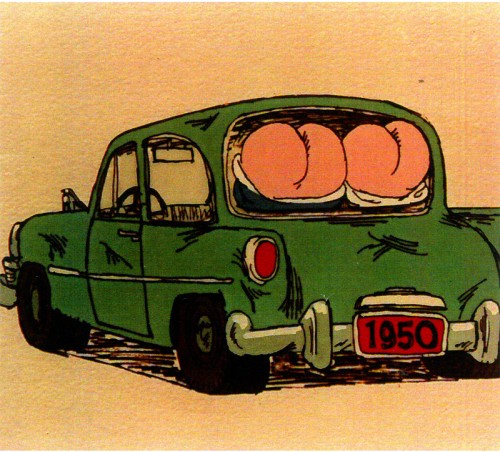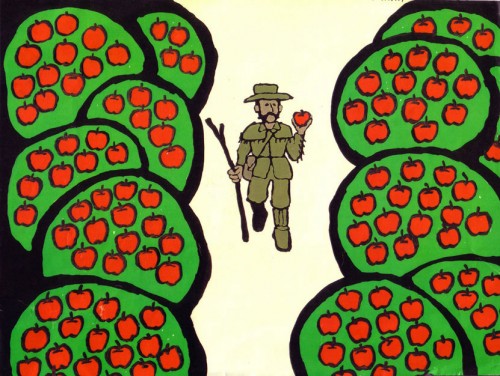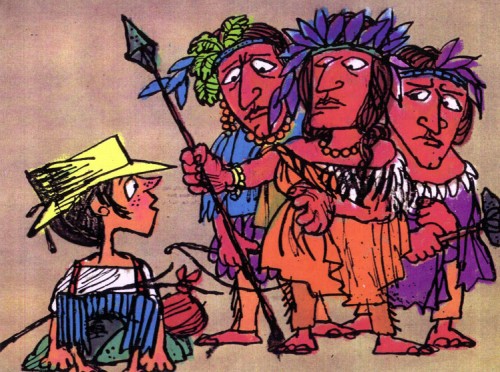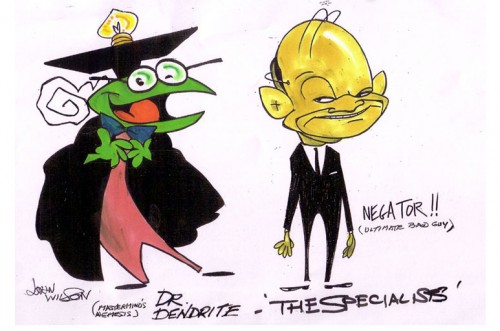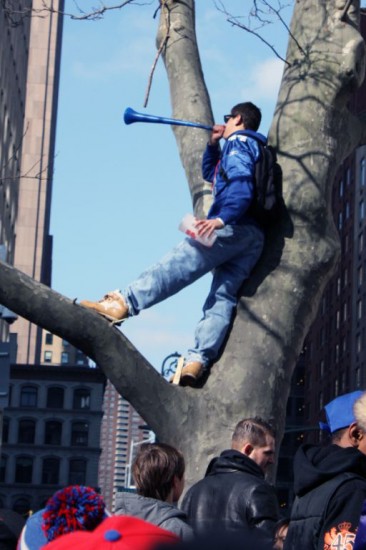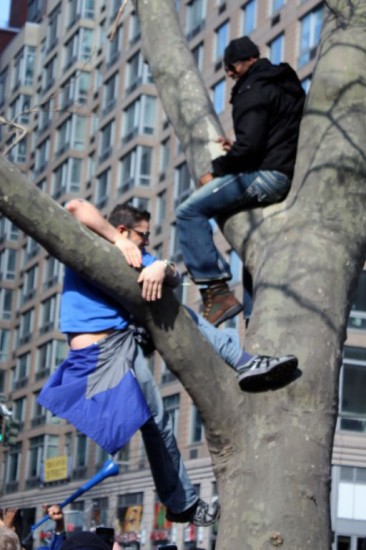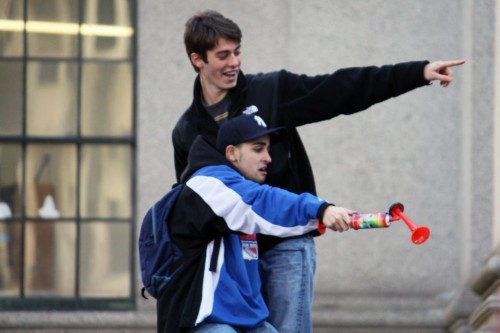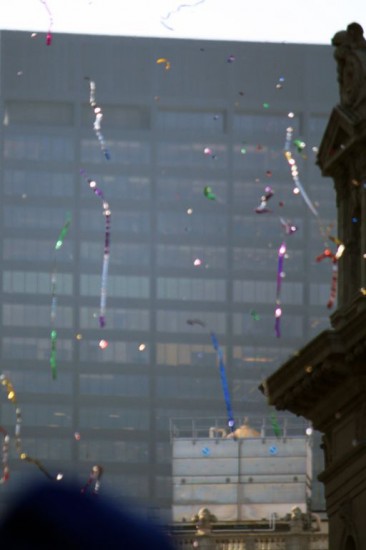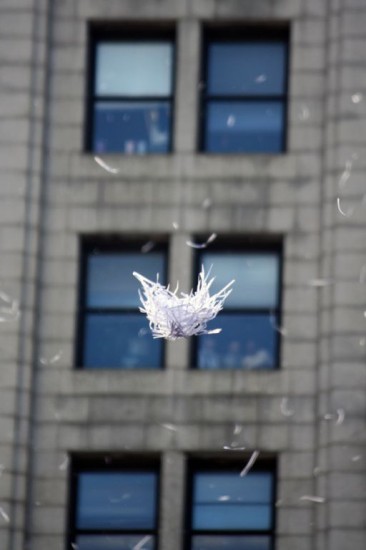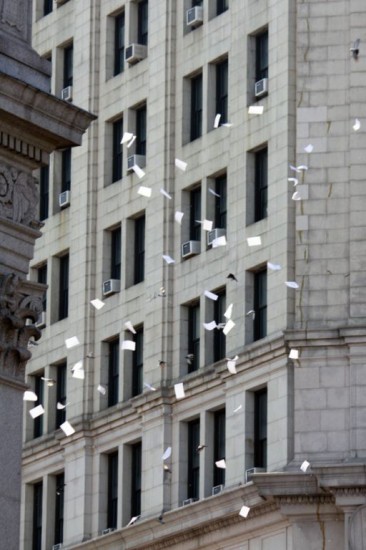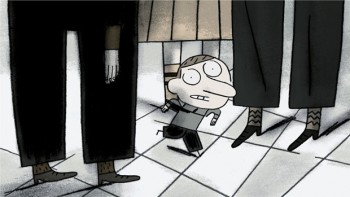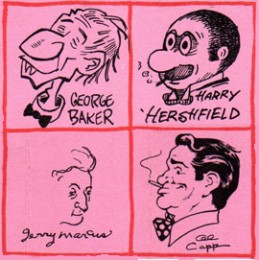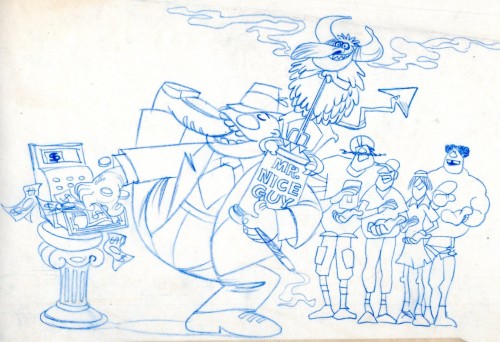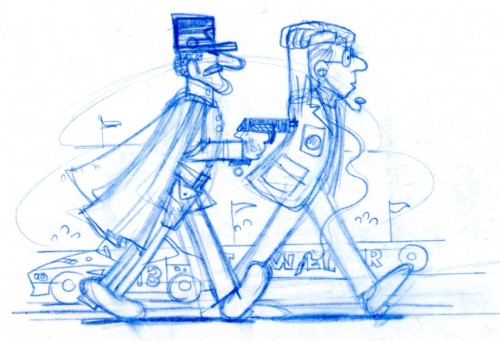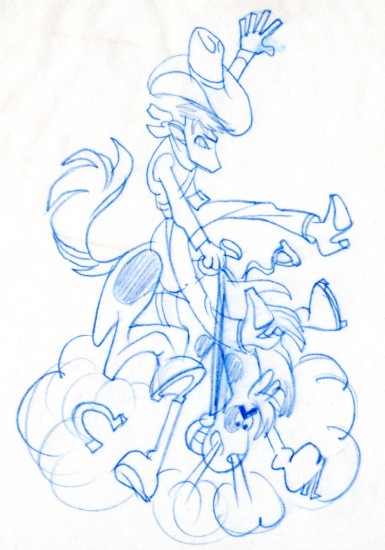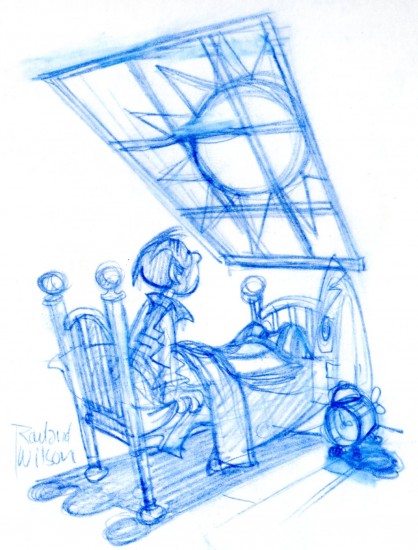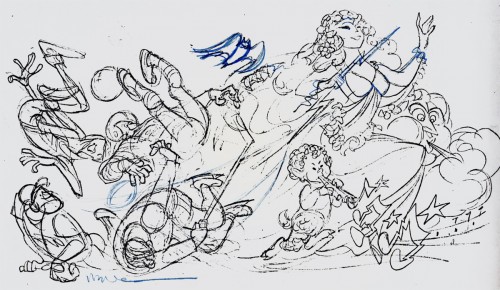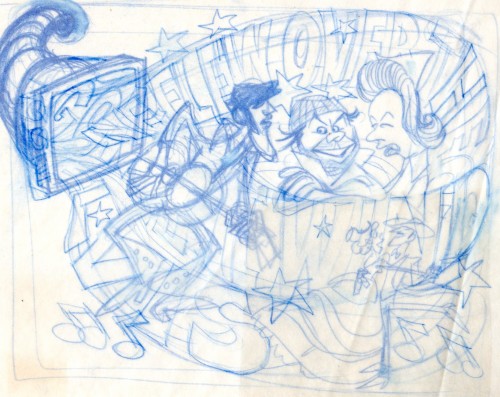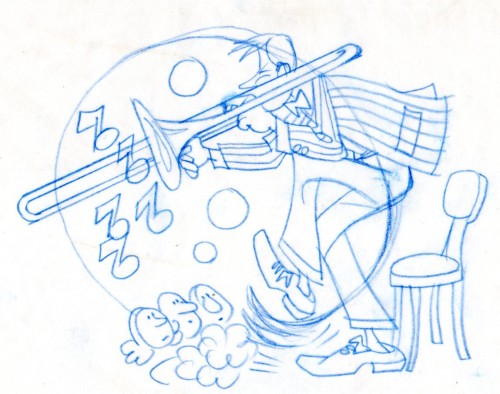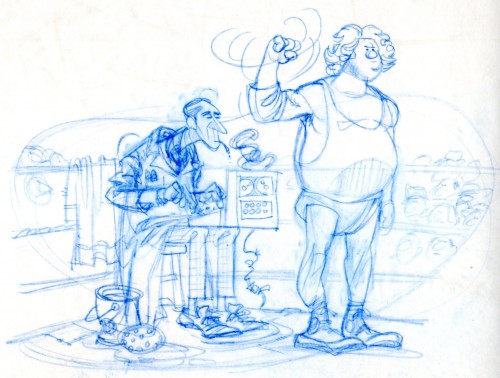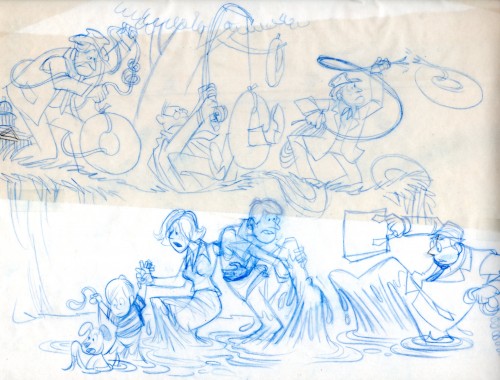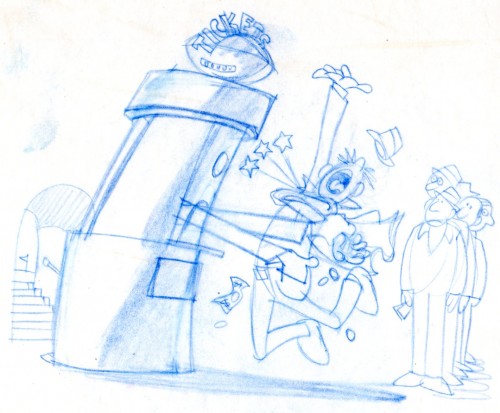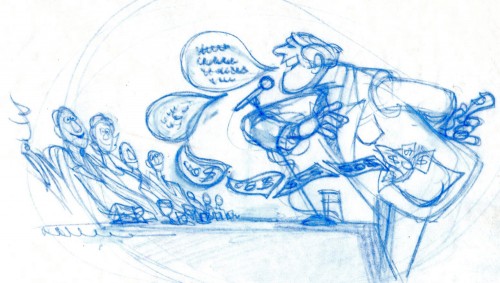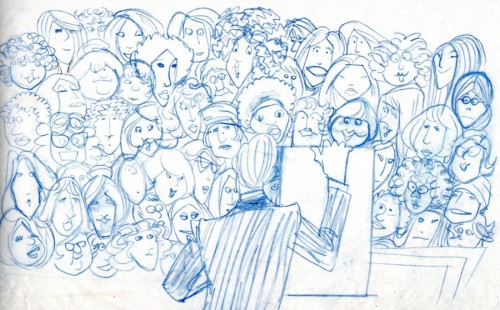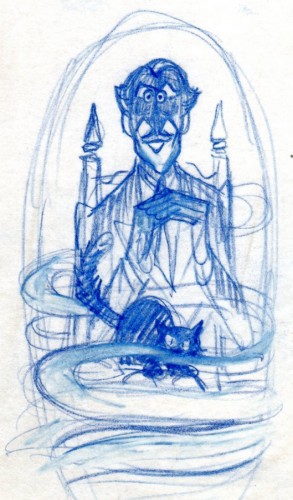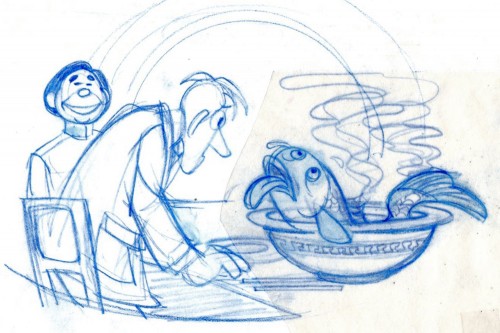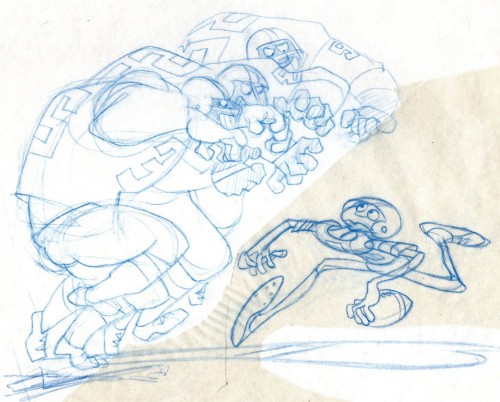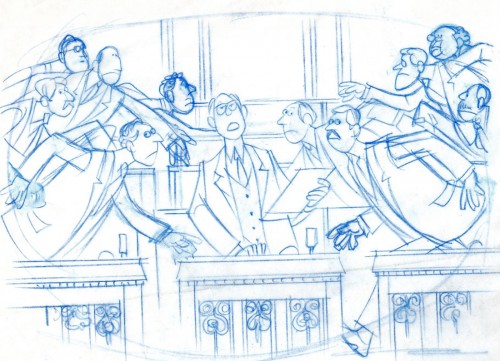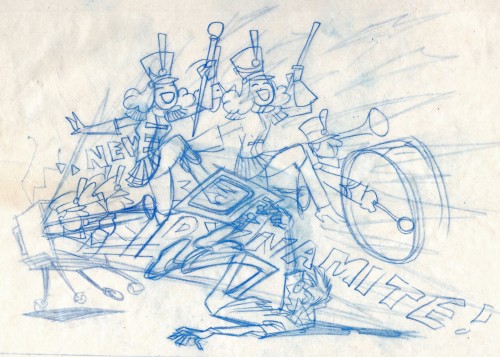Monthly ArchiveFebruary 2012
Commentary &Photos &Steve Fisher 19 Feb 2012 06:58 am
Arrietty and the Wastewater Treatment Plant
- Yesterday, I wrote a bit about The Secret World of Arrietty, the newly opened Ghibli film that was planned and co-written by Hayao Mayazaki and was directed by Hiromasa Yonebayashi, the studio’s youngest director.
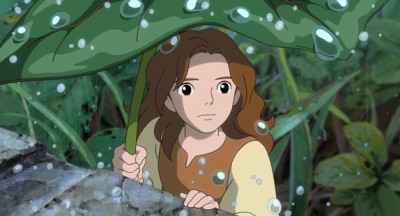 I went to see the film last night and have to say I proceeded with a bit of trepidation. Without Mayazaki, himself, directing I was not confident that the film would deliver all I wanted. This was a mistake on my part; the film is superb. It’s right in line with the canon of films the studio has recently been producing. It isn’t as emotional as Ponyo, nor as spiritual as Spirited Away, but the film, to me, comes closest in mood to My Neighbor Totoro.
I went to see the film last night and have to say I proceeded with a bit of trepidation. Without Mayazaki, himself, directing I was not confident that the film would deliver all I wanted. This was a mistake on my part; the film is superb. It’s right in line with the canon of films the studio has recently been producing. It isn’t as emotional as Ponyo, nor as spiritual as Spirited Away, but the film, to me, comes closest in mood to My Neighbor Totoro.
The film starts as did Spirited Away. We follow the rear of a car as it approaches a country house. Like Totoro, there is a move to the rural area. In Totoro, the two girls are moved closer to the hospital where their sick mother is staying. In Arrietty, the boy is moving to the more natural and quieter setting so he can rest prior to a heart operation.
Within the house, where he is to spend some time resting, lives Arrietty a girl about his age who is only four inches tall. She lives with her parents. and they’re not sure if they’re the last of the “Borrowers,” as these small people are known. The boy sees the tiny girl and does all in his power to make friends with her. Arrietty knows that once their secret is revealed the comfortable family must move to another location. They can’t allow the curiosity of the “Beans” (Human Beings) to endanger their lives or freedom.
The film, like all recent Ghibli works, shows a wonderful interaction between plant, animal and human life. We’re all of the same mold, and we all have to treasure the existence of what is around us. It’s a wonderful and precious theme, and I relish their insistence on placing focus on it from film to film. This, to me, ties the work together wonderfully.
The animation is excellent at every turn albeit very gentle. There are always beautiful and subtle motions in the character movement, and each character is developed visually as well as emotionally. This is not something I much feel from animation I’ve seen in Western films recently. Ghibli is not forcing clichéd motion on their characters – such as popping zip actions for everything that moves. It’s a natural animation that I find wonderful to absorb.
I wasn’t completely happy with the voice cast. I found Amy Poehler a bit too shrill and at times overacted, but Poehler’s husband, Will Arnett, does an excellent turn as the father. Most surprising to me was Carol Burnett who did a good job with her character, Hara. The two leads, Bridgit Mendler and David Henrie were also quite fine. Although Hendler’s song tagged onto the credit sequence by Disney is completely off.
See the film if you have any interest in excellent 2D animation or in Ghibli’s work. It’s a bravura performance, though very understated. Beautifully done work which is certainly better than any of the animated features from last year.
Now onto the photo essay for Sunday:
- My friend Steve Fisher sent in this photo essay, and the images are too curious to pass up. Something I don’t see very often – or even at all.
- Okay, so it may not have been the most romantic idea, but the chance to tour Polshek’s Newtown Creek Wastewater Treatment Plant, even on Valentine’s Day, was too good to pass up.

Line of “Digester Eggs†from street level
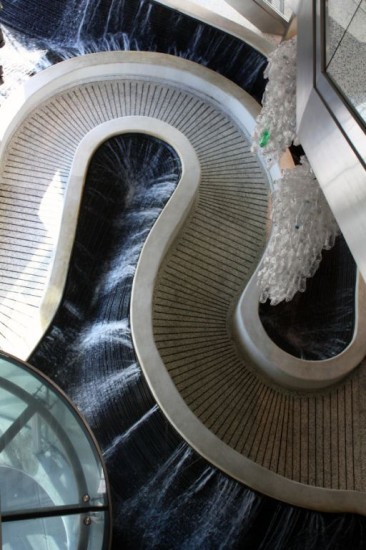
Visitor Center entrance lobby fountain

By-product Methane is used for heating the plant
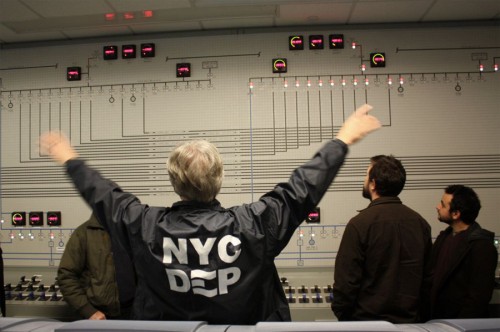
Jim Pynn explains that from this command station, six people
will control the entire 53-acre plant’s operation

Views of the plant from atop the digester eggs,
some 140 feet above the street on a skybridge

Digester egg from street and from skybridge
Animation &Commentary &Independent Animation &Richard Williams 18 Feb 2012 08:56 am
Sheldon Cohen & John Gaug and Arrietty and NAACP Image Award
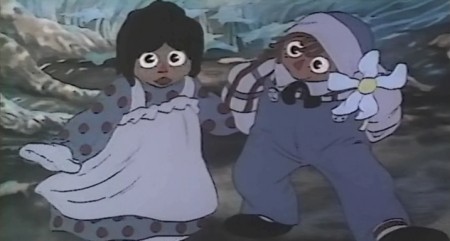
Tissa David‘s enormous seminal Raggedy Ann scene.
The rest of the film was built on the back of this one.
- Back in 1976, I was lucky enough to get hired onto Raggedy Ann and Andy, a feature film Bobbs Merrill was financing with Richard Williams as the newly employed director. I was the first non-animator hired (three animators were hired before me: Tissa David, Art Babbitt, and Emery Hawkins. Corny Cole was designing and doing the storyboard; Gerry Potterton was the assistant director.
When the studio was set up, with its headquarter in New York, they chose a space in a building that had entrances on 45th and 44th Streets just off 5th Ave. The space was enormous and dark. Many of the lights were usually left off. Sometimes the office manager, Bruce , would be there. but for the most part, while the voices were being recorded, I was alone in the space.
I decided to start buying animation desks and discs and other equipment. I did this and worked with someone to get holes cut and lighting set up in the desks. We started prepping partitions and just setting up everything. Once bits of animation started coming in Assistant Animators were hired. Jim Logan was the first, and he and I worked together for several months with little to do but laugh and do bits of inbetweening for animation tests.
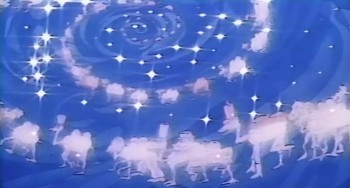 Dick Williams gave me a scene of a mirage the Camel with the Wrinkled Knees would have. 97 dancing camels spiraling into the distance would be superimposed over the Camel’s head. I worked for about six weeks on this one scene, and until I had to be taken off it. The scene near completion went to the newly hired John Kimball who was going to do a number of other similar scenes, and he’d build them all into the film. I moved to head of Assistants and Inbetweeners and definitely had a lot of work to do.
Dick Williams gave me a scene of a mirage the Camel with the Wrinkled Knees would have. 97 dancing camels spiraling into the distance would be superimposed over the Camel’s head. I worked for about six weeks on this one scene, and until I had to be taken off it. The scene near completion went to the newly hired John Kimball who was going to do a number of other similar scenes, and he’d build them all into the film. I moved to head of Assistants and Inbetweeners and definitely had a lot of work to do.
Hiring lots of people in New York and training many of the new faces was foremost. We ended up with seven rooms with about 15 Assistants and Inbetweeners in each room. Finding new people wasn’t always easy, and they didn’t all work out.
In 1976, the Ottawa Animation Festival had its inauguration year. (That was when Caroline Leaf took over the animation world, becoming a star with her film, The Street.) It was here that I went to look for talent, and I found it in several people. John Gaug came down from Atkinson Film Arts in Ottawa. He was a gifted talent and a very tight style. Sheldon Cohen was closer to my heart. His sensitive drawings and warm approach to the artwork made him a definite person to hire. After getting back to New York I let the powers-to-be know that I was hiring the two and made the calls. Both moved dpwn to the City.
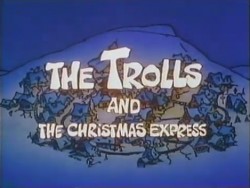 Both continued on after Raggedy Ann ended.
Both continued on after Raggedy Ann ended.
John Gaug moved on to the Williams studio in London where he became an animator, moved back to Ottawa to direct Trolls and the Christmas Express (where I animated freelance for him). Then he moved back to New York working in the commercial studios (I got to hire him again at R. O. Blechman’s studio) until he died in 1984.
.
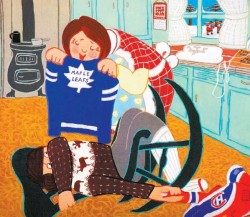 Sheldon Cohen moved back to Montreal where he became a unique artist for the National Film Board. He directed and animated a number of strong films. His most famous, The Sweater, showed an artist in full bloom seemingly right out of the box. He continues doing a number of children’s books and recently has written a oersonal memoir called This Sweater Is For You! published by ECW Press in Toronto. The book will soon be on the market, I’ll get a copy and will definitely review it. I’d also like to interview Sheldon about his 40 year career of making art.
Sheldon Cohen moved back to Montreal where he became a unique artist for the National Film Board. He directed and animated a number of strong films. His most famous, The Sweater, showed an artist in full bloom seemingly right out of the box. He continues doing a number of children’s books and recently has written a oersonal memoir called This Sweater Is For You! published by ECW Press in Toronto. The book will soon be on the market, I’ll get a copy and will definitely review it. I’d also like to interview Sheldon about his 40 year career of making art.
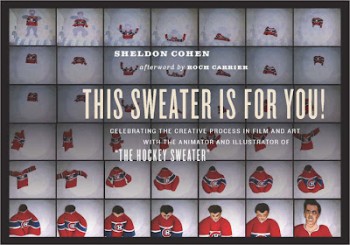
In the meantime, you can see a number of Sheldon’s films on the NFB site. I’ve linked those films below.
The Sweater is an adaptation of a Mordecai Richler short story.
I Want a Dog is based on the book by Dayal Kaur Khalsa.
Snow Cat starts out with the feel of the book Goodnight Moon
but soon turns to a very graphic and textured look.
It’s a 23 minute film with wonderful narration by Maureen Stapleton.
Pies, a film about blind prejudice, is based
on a short story by Canadian author Wilma Riley.
_______________________________________________________
Ghibli’s The Secret World of Arrietty opened yesterday to generally positive reviews.
- Manohla Dargis in the NYTimes praised the Ghibli approach to female characters, who often are the leads, but was bothered by some of the elements lost in adapting the original novel, however
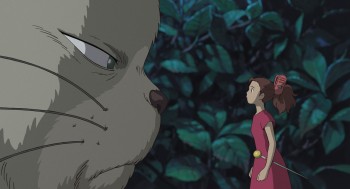 “. . . it’s initially a letdown that Arrietty and Shawn aren’t just friends, as in the book, but also something like impossible romantic foils. Yet this disappointment proves mostly premature because Studio Ghibli and Arrietty have a way of taking you where you may not expect, whether you’re scrambling through rooms as large as canyons or clambering into the safety of an outstretched hand, a simple gesture that says it all.”
“. . . it’s initially a letdown that Arrietty and Shawn aren’t just friends, as in the book, but also something like impossible romantic foils. Yet this disappointment proves mostly premature because Studio Ghibli and Arrietty have a way of taking you where you may not expect, whether you’re scrambling through rooms as large as canyons or clambering into the safety of an outstretched hand, a simple gesture that says it all.” - Lou Leminick in his 3 star review in the NYPost writes:
- Studio Ghibli is at the forefront of keeping traditional hand-drawn animation alive — and it works well even for a story that’s less fantastical than Miyazaki’s signature works.
- Many animated and live-action films have dealt with miniature humans, but few have depicted a sheer sense of scale as effectively as this one.
“The Secret World of Arrietty’’ is a feast for the eyes that will engage the entire family.
- Phillip French in The Observer writes a very positive review:
- At the heart of the film, is the tender, trusting friendship between Shawn, the boy of the house, and Arrietty. Theirs is a beautiful, perfect love, but ultimately doomed like so many relationships in myths and fairytales. This moving, amusing and resonant tale also touches on environmental and ecological concerns, on xenophobia and the fear of the threatening other. And it has taken on new meanings about the respect and preservation of disappearing species and the need to treasure and recycle valuable resources.
.
- Finally, the good news, last night, I won the NAACP IMAGE Award for Outstanding Children’s Program. I’m proud of this one, thankyou very much.
Outstanding Children’s Program
“A.N.T. Farm”
“Dora the Explorer”
“Go, Diego! Go! ”
WINNER: “I Can Be President: A Kid’s-Eye View”
“My Family Tree”
.
Bill Peckmann &Comic Art 17 Feb 2012 07:00 am
John Severin 1921-2012
- On Tuesday, comic book artist John Severin died at the age of 90. It’s only appropriate that we get some representation of his artwork out to you, so I’m posting this piece today that Bill Peckmann has sent me.
- With the very sad passing of comic book artist John Severin this week, here are four of his EC Comics war stories that were done with the collaboration of fellow “historian” editor, writer, Harvey Kurtzman. Both gentlemen are at the top of their game in these early 1950′s stories.
- The combination of Harvey’s writing, cinematic rough lay-outs, animated poses and John’s dead on photographic, rendered, researched art gives you historic moments frozen in time rarely seen in comic books. All four opening splash panels are worth the price of admission.
The time period goes from the battle of the Alamo to the battle of Iwo Jima.
This first story is from Two-Fisted Tales No. 28.
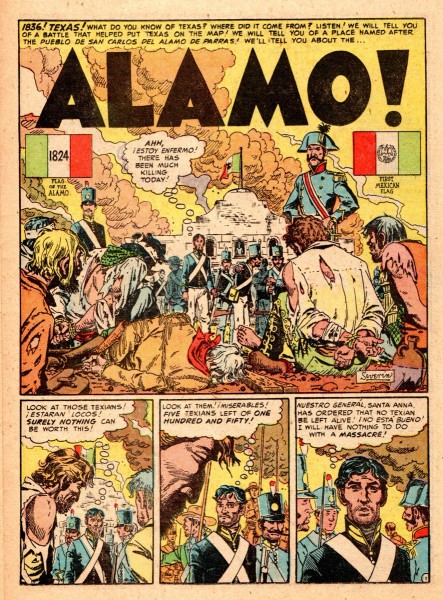 1
1
The following story is from Frontline Combat No. 9.
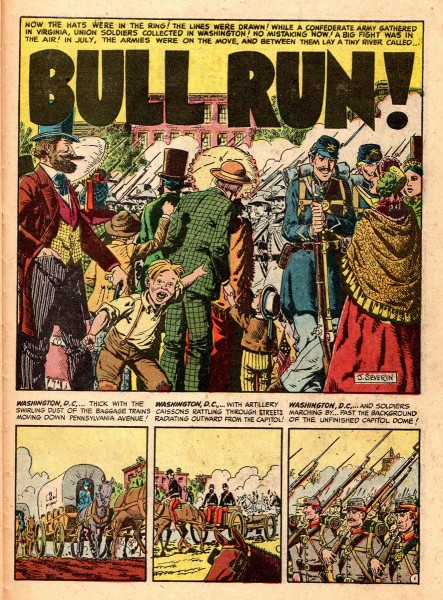 7
7
This story is from Two-Fisted Tales No. 29.
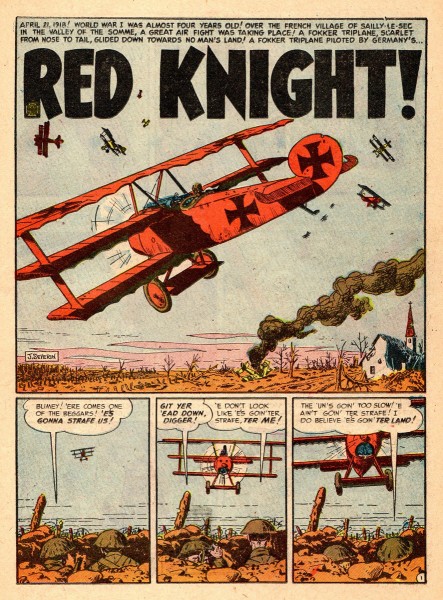 14
14
This last story is from Frontline Combat No. 7. All of the exceptional coloring was done by John’s sister, fellow cartoonist, Marie Severin.
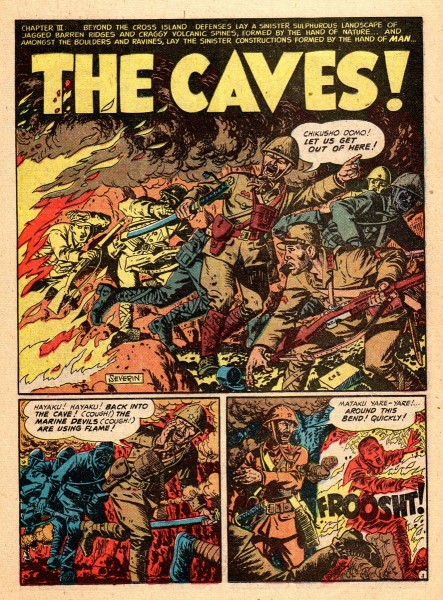 21
21
Bill Peckmann &Illustration &Rowland B. Wilson 16 Feb 2012 06:41 am
Rowland B. Wilson TVGuide originals – 1
- Bill Peckmann had sent me a number of rough sketches by Rowland Wilson which I posted last week. These were for TV Guide spot illustrations that Rowland had done back in the 70s and 80s. The only problem was that we didn’t have many of the finished spots to show against the ruffs.
Well, this week I got an email from Suzanne Wilson, the wife of the late Mr. Wilson. She offered to send copies of the original watercolor artwork to show what the finals look like. Wow! So . . . here we have a large number of scanned originals from Rowland, thanks to Suzanne’s addition.
Since there are 26 of them, and I’ve decided to post the ruffs again alongside the originals, the piece got a bit long, and I’ve decided to break it into two. Today I’ll post all the sports pieces, and tomorrow the others. Not all of the ruffs have originals that match, and not all of the finals have ruffs to show off. Believe me, it’s a great post, and I think you’ll like it.
Because these are from the originals, I suggest you take some time and blow them up. You can see a lot of the artist’s hand in these, certainly more than you can in a printed copy.
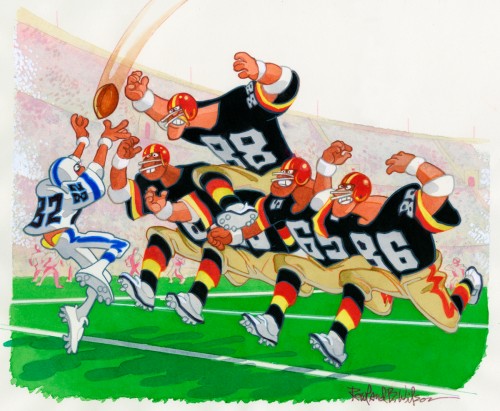 1
1
I had planned to post more of these great illustrations tomorrow.
Because of the death of John Severin, I’ve decided to hold off part 2 of this TV Guide post until next Thursday and instead post something in memory of Mr. Severin tomorrow.
Many thanks to Suzanne Wilson and Bill Peckmann for their generous contribution.
Animation &Animation Artifacts &Disney 15 Feb 2012 06:43 am
Roger’s Song – part 1
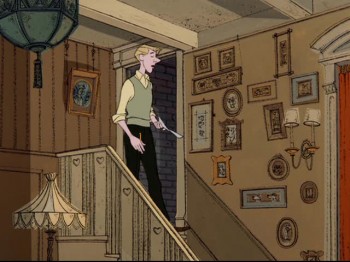
- In 101 Dalmatians, Roger sings the song, “Cruella de Vil,” immediately after Cruella leaves the house. I have three of Milt Kahl‘s scenes from this song, and I’ll post all three. We start with Roger on the stairs coming down from his upstairs studio. You’ll remember that he actually started the song upstairs, making a racket, to force Cruella to leave. Here we go with Seq. 02 Sc. 15, animated by Milt Kahl.
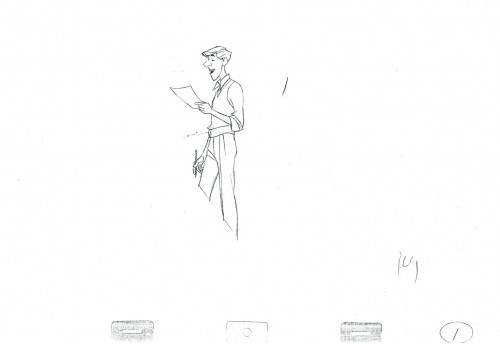 01
01
______________________
The following QT includes the drawings posted above.
The registration is a bit loose. Sorry but, these are copies of
copies and there’s plenty of shrinkage.
If you click on the right side of the lower bar
you can watch it one frame at a time.
Bill Peckmann &Books &Illustration 14 Feb 2012 07:01 am
Die Vogelhochzeit – Fritz Baumgarten
- Back in May, 2010 I posted art from a German children’s book, Zwitschi. The book was loaned by Bill Peckmann and featured a group of birds in a beautiful little story. The drawings were gentle, humorus and exquisite. Since then I’ve meant to post another book by the author, Fritz Baumgarten. This also comes from Bill Peckmann’s collection, and I have to thank him for introducing me to the work of Mr. Baumgarten.
Again it features a cast of little birds operating out of a tree. The watercolors are delicate and I think you’ll enjoy seeing the book which dates back to 1900. It’s built on a famous German song written in the 18th Century.
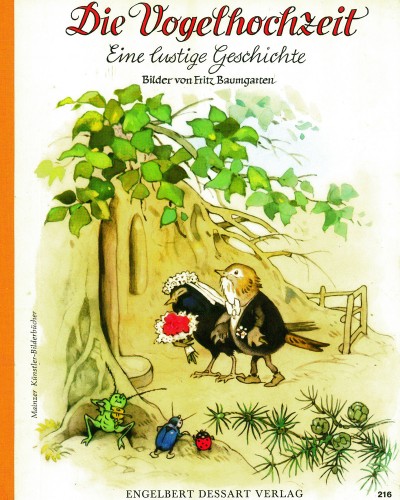
Book’s cover
Here’s a translation of the lyrics into English,
- The Bird Wedding
A bird wanted to get married
In the green forest.
Vider-alla-la, vider-alla-la,
Vider-alla-la-la-la.
The blackbird was the groom,
The thrush was the bride.
The geese and the ducks
Were the musicians.
The eagle owl, the eagle owl,
Brings the bride her bridal shoe.
The cuckoo shrieks, the cuckoo shrieks,
It brings the bride her bridal dress.
The sparrow, the sparrow,
Brings the bride her ring.
The dove, the dove,
Brings the bride her headdress.
The lark, the lark,
Leads the bride to the church.
The black grouse, the black grouse,
Was the sacristan and the vicar.
The small bird, the small bird,
Brings the bride the dishes.
The peacock, with his colorful tail,
Dances with the bride the first dance.
Mrs. Shoescraper, Mrs. Shoescraper*,
Gives everybody a goodbye kiss.
The bride’s mother was the owl,
Takes her leave with hootings.
The eagle owl, the eagle owl,
Closes the window shutters.
The rooster horns “Good night!”
Now, the bedroom will be closed.
The bird wedding is now over,
All the birds fly home.
commercial animation 13 Feb 2012 06:17 am
John Wilson – part 6
- This final post featuring the work of John Wilson and his company, Fine Art Films, covers many varied film projects. Unfortunately, I found relatively few images available for posting especially considering the amount of film done.
The Sonny and Cher Show was a long running Variety program on television in the 70s. Most weeks featured an animated music video as done by John Wilson. Some examples of this include:
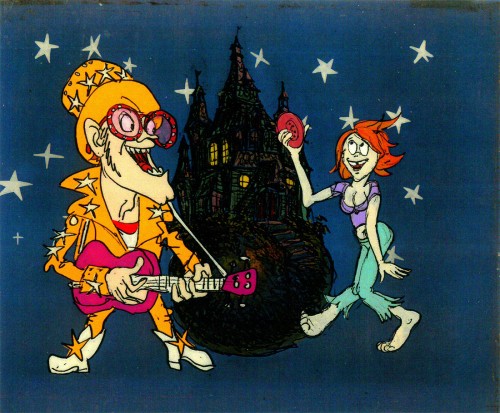
Helen Reddy’s song “Angie Baby”
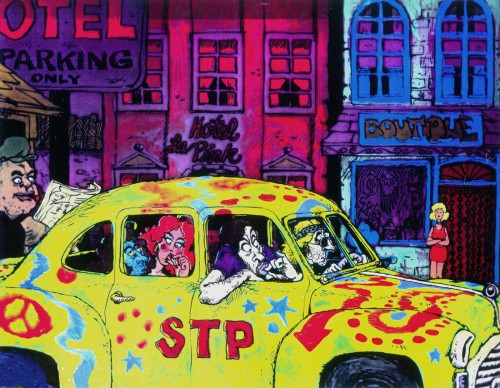
Joni Mitchell’s “Big Yellow Taxi”
Fine Arts Films also did some movie titles and trailers. We saw, recently, the long theatrical trailer done for Irma La Douce. Here are a few stills done for the main title sequence for the 1978 musical, Grease.
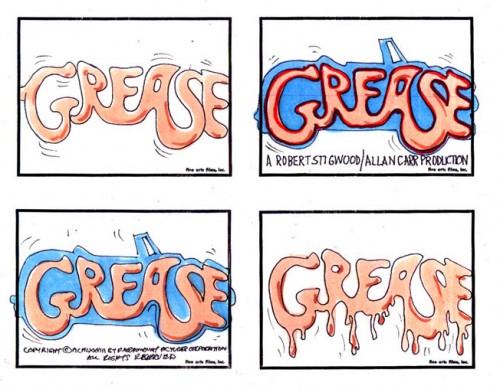
storyboard sketch for Grease.
Produced and Directed by John Wilson
Story and Layout by Chris Jenkyns
Music by Barry Gibb
John Wilson also directed a number of short films which appeared on television on the NBC program, “Exploring” between 1964-1966.
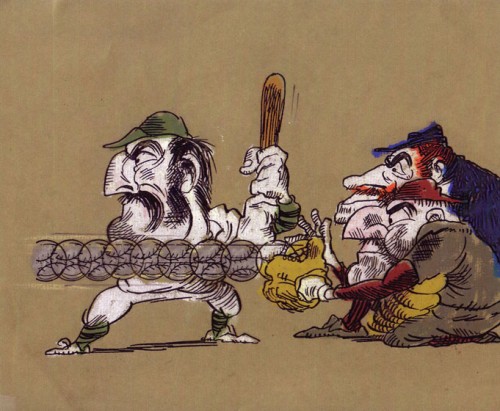
“Casey At the Bat”
Narrated by Paul Frees
Finally, for MTV’s “Liquid Television” in 1992 John Wilson directed some of the 10 episodes of a series called “The Specialists.”
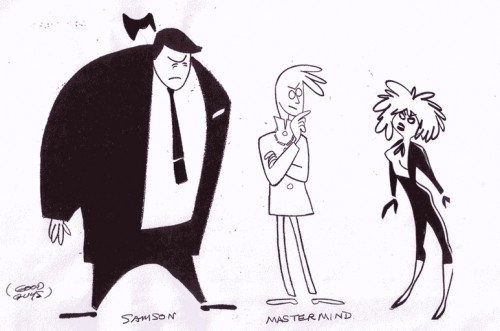 1
1
Go here to see other episodes.
Photos &Steve Fisher 12 Feb 2012 06:31 am
Giants
- I’m not much of a football fan. I am a New Yorker. So when the hometown team goes to the Super Bowl, I have to admit it means something. It meant I had to check into the game every few minutes to see what was going on. Just the same, I was more interested in “Downton Abbey” last Sunday than in any of the car commercials.
Then there was the ticker-tape parade on Monday. It barely affected me. However, I received a slew of photos from Steve Fisher, who decided to take it in. It feels like a couple of months ago, now, but these are Steve’s photos. The comments are his as well.
to brave the crowds to attend the ticker-tape parade
celebrating the NY Giants Superbowl victory on Sunday.

This is the scene that greeted me upon my arrival to downtown Manhattan.

It took me twenty minutes to maneuver my way one block
toward Worth Street, but this was as close as I could get.
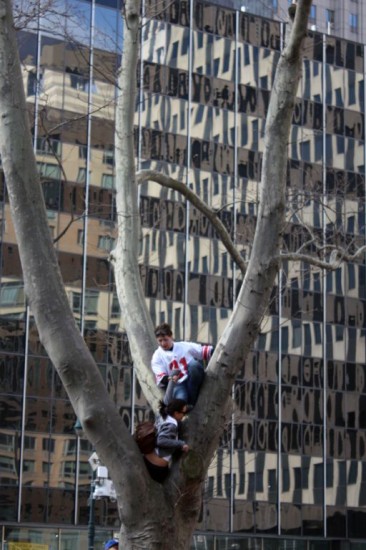
While waiting for the ‘heroes’, the happy, rather well-behaved fans
provided some entertainment of their own, climbing trees…
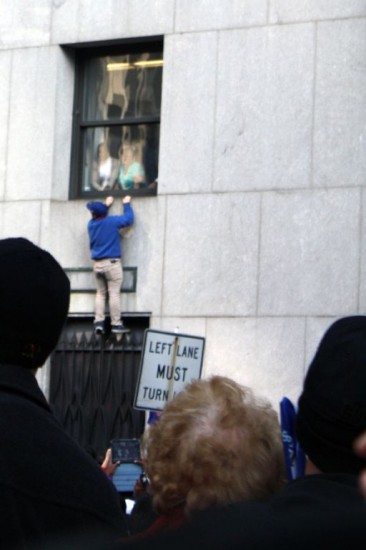
And other things, including one idiot who tried to climb a building.
But don’t worry about crowd control, the police had it covered.
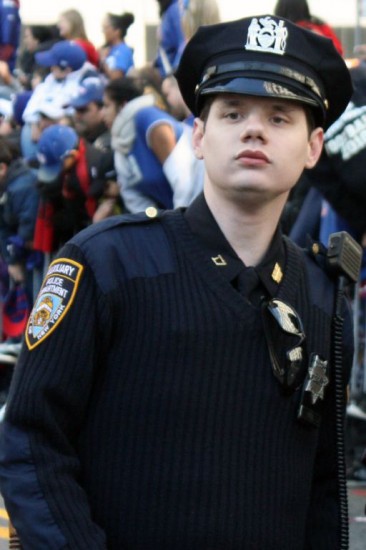
When do you think this kid will have to start shaving?

When the float carrying the Giant players finally drove past, this is all I could see.
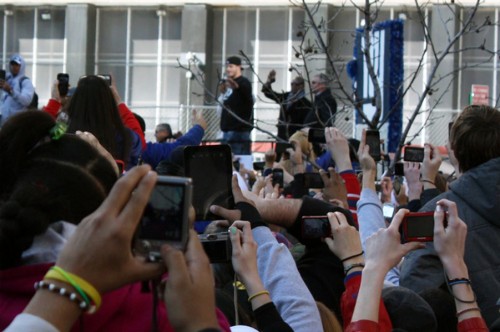
This is perhaps the only glimpse I had of one of the Giants, although
without his uniform with number and name, I really couldn’t swear to it.
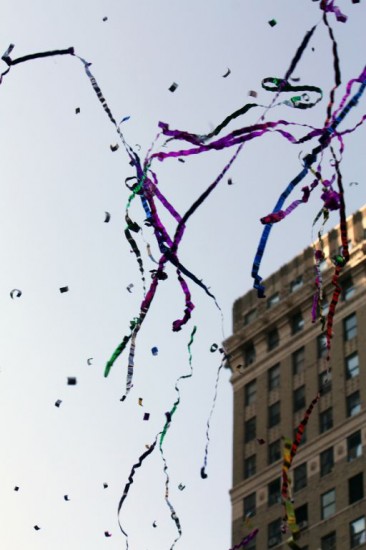
And while I did not get anywhere near the “Canyon†of Broadway
where the ticker-tape must have been very impressive,
I still saw a small taste of the effect.

As the festivities wound down, the last marching band
threaded through the crowd, but the only way I could
see it was watching someone’s phone.
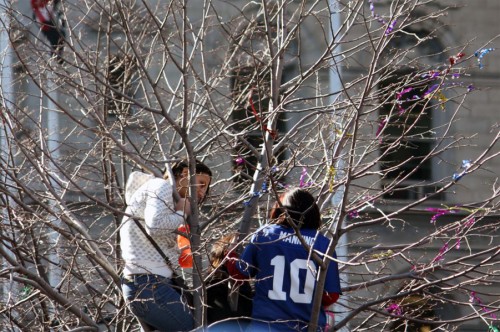
The only thing left to do besides getting all the Mannings out of the trees . . .
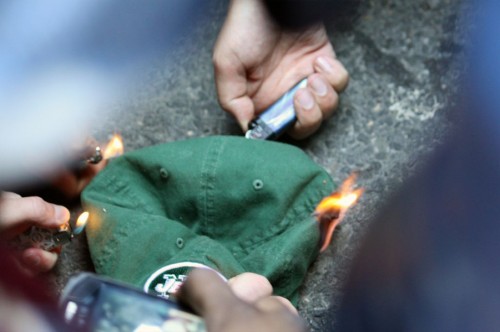
. . . was to set fire to a Jets cap belonging to an unthinking person
who wore it into enemy territory.

But the highlight for me was this Giants fan.
.
Finally, that’s over. Now, it’s time for BASEBALL – onto my Yankees !
Commentary 11 Feb 2012 07:04 am
The Review revue
- The past week saw little Academy action. We’d seen the Documentary features last week. (Five films within six days.) I found none of them earth shattering. Two were very good:
Paradise Lost 3: Purgatory by directors Joe Beringer and Bruce Sinfosky was one I’d expected to be a drag. I wasn’t interested in the subject. However, I found it absorbing and quick moving. The story of three men who’d been sent to prison for murder. This film, the last of a trio of films, proved the innocence of the three and ultimately got them released from prison after 17 years.
Pina is a 3D film about the work of the dancer/choreographer Pina Bausch by filmmaker Wim Wenders. I found it exciting and exhilarating.
This week, the Foreign films are screening. They started Thursday night, but that was Heidi’s birthday, and we weren’t about to take in a movie. I started viewing the films last night and will continue this afternoon with another. They’ll continue through Tuesday.
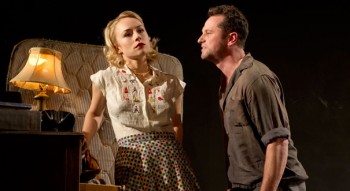 Heidi and I did go to see the play, Look Back in Anger. It was absolutely great. The best play I’d seen in the past couple of years. The director, Sam Gold, limited the stage. The actors have the length of the stage to move, but there’s a black wall cutting the width of the stage to about four feet. It really drives home the claustrophobic apartment the characters inhabit. The lead actors, Sarah Goldberg and Matthew Rhys are decidedly stars in the making. The show was just brilliant. I found the mostly negative reviews a bit puzzling. Michael Feingold, in the Village Voice, seems to explain the reasoning behind that mystery. He writes about the British scene coming upon this play back in 1956 and how it broke through their class system and marked the changes that they were facing in heir Country. The US had gone through something similar earlier marked by shows like Streetcar Named Desire. (“Stella!”)
Heidi and I did go to see the play, Look Back in Anger. It was absolutely great. The best play I’d seen in the past couple of years. The director, Sam Gold, limited the stage. The actors have the length of the stage to move, but there’s a black wall cutting the width of the stage to about four feet. It really drives home the claustrophobic apartment the characters inhabit. The lead actors, Sarah Goldberg and Matthew Rhys are decidedly stars in the making. The show was just brilliant. I found the mostly negative reviews a bit puzzling. Michael Feingold, in the Village Voice, seems to explain the reasoning behind that mystery. He writes about the British scene coming upon this play back in 1956 and how it broke through their class system and marked the changes that they were facing in heir Country. The US had gone through something similar earlier marked by shows like Streetcar Named Desire. (“Stella!”)
Just the same, I got what this version of the show was doing and felt that Sam Gold had pulled John Osborne‘s play into the 21st Century taking the Kitchen-sink drama and dragging it through Beckett’s Theater of the Absurd. Great stuff and very inspiring. Just a bunch of actors and not much more. But very moving.
- I love that the dimwitted Rick Santorum won the Republican caucuses/primary on Tuesday. (Boy is this guy a turkey; he’s still living in the 18th century.) The Republicans are just showing that they’re completely at odds with all of the candidates available to them. The clown show will continue until their convention this Summer, and, by then, we’ll all be exhausted with the incessant lies and vitriol these guys throw at each other.
Sorry, I’ll get back to writing about animation.
- The Oscar nominated shorts are being shown at the IFC Center – as of now. They make for three good programs. (Actually, I think the animated shorts program is the best of the three.) Here’s a review from the Village Voice.
Info on the screenings:
Documentary Shorts
Live Action shorts
Animated Shorts
- Bill Peckmann has been contributing artwork to other blogs. On Joakim Gunnarsson‘s great site Sekvenskonst there is a great piece featuring many self-caricatures of a lot of cartoon and comic strip artists. We used one of these self caricatures on our Thursday piece about Rowland B. Wilson. Everyone from Roy Doty to Chester Gould to Basil Wolverton to Mort Walker to Tom Morrison to Ernie Bushmiller is represented and plenty more.
- Here is a well written paragraph from AO Scott‘s NYTimes generally positive review of Chico and Rita, which opened yesterday at the Angelika Film Center. (Directors Fernando Trueba & Javier Mariscal will be doing Q&A’s following the 7:40 PM shows Sat & Sun, Feb 11-12. )
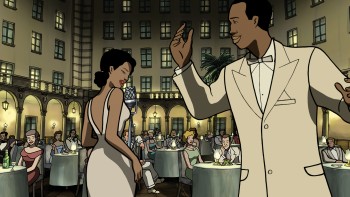 “Chico & Rita,†nominated for an Academy Award as the best animated feature, is a reminder not only of the aesthetic vitality of hand-drawn, two-dimensional animation, but also of the form’s ability to provide entertainment and enlightenment for adults. A costume drama or a documentary would not have been as charming or as surprising. It would be hard to get cameo appearances from Charlie Parker or Marlon Brando, and the dutiful literalism of historical filmmaking would have dampened the vitality and killed the magic.
“Chico & Rita,†nominated for an Academy Award as the best animated feature, is a reminder not only of the aesthetic vitality of hand-drawn, two-dimensional animation, but also of the form’s ability to provide entertainment and enlightenment for adults. A costume drama or a documentary would not have been as charming or as surprising. It would be hard to get cameo appearances from Charlie Parker or Marlon Brando, and the dutiful literalism of historical filmmaking would have dampened the vitality and killed the magic. and here’s a couple of lines from Lou Leminick‘s NYPost review:
- Complain all you want about the Oscars (I certainly do), but give the academy major props for bypassing a clunker like “Cars 2†and handing a Best Animated Feature Film nomination to something as wonderful as “Chico & Rita.â€
- “Chico and Rita’’ beguiles first and foremost as a bebop romance that evokes a bygone era as well as, or maybe even better than, “The Artist.â€
Finally, I wanted to write a couple of notes about the Annie Awards ceremony.
For years I’d read about the awards, without having attended, and have only been able to think about it in comparison to the ASIFA East awards, which are a small celebration of animation by the local members of the NY chapter of ASIFA. Ours is almost clublike in its ceremony. Very non-formal people dressed in street clothes, which means predominantly jeans and dress-down wear. The shaggy student awards. The idea that ASIFA Hollywood dressed up for their event made me immediately put it on a higher pedestal. I hadn’t attended one of the Hollywood ceremonies, and only by seeing the streamed version of the awards could I get an inkling of what it was.

Having Patton Oswald host the event was only a positive in my mind. He’s such a quick-minded comic who would do well at the podium. A real professional. However, hearing no feed back of audience laughs (there obviously was no audience mike for the program), made it seem like all his jokes were falling flat. There were also plenty of flubs on the stage as presenters were presented with the wrong envelopes, and winners learned of their wins a full category before their turns.
From the home audience it seemed like a train wreck had been occurring in front of our noses. I honestly couldn’t imagine how tedious this must have seemed to the live viewers. But then they had a bar and drinks and friends to laugh with in the nearby seats. Very different than watching a show on a computer at midnight. Rooting for something like Phineas and Ferb over something else like Prep and Landing 2 at midnight on a Saturday night, just doesn’t quite make it.
The awards went to deserving people, I’m sure. I recognized many of the names, and it was nice to finally put some of the faces to those names I’d only known from credit rolls. And I congratulate them for their well-deserved awards. However, to most of the world these are unknown people. There was a limited audience for this program. Me and a couple hundred others who’d sit out the slow slog.
I suspect that until I can see the Hollywood awards live, I’ll sit out future streaming telecasts. But then, I’ll probably change my mind at the last minute next year and watch it again.
Bill Peckmann &Comic Art &Illustration &Rowland B. Wilson 10 Feb 2012 06:16 am
RBW TV Guide ruffs
- The following are a collection of rough sketches that Rowland B. Wilson did in creating illustrations for TVGuide. These come from the extraordinary collection of Bill Peckmann. I’ve been searching for final, colored images to match these but haven’t successfully found any as yet. You’ll have to look at them for what they are: rough prep drawings for finals. In the past I’d posted a number of these with some of the final cartoons, so you can go there, if you like, to see how he built up from the initial sketches.
In all, I find it enormously informative to see the process from the beginning from such an artist as Rowland B. Wilson.
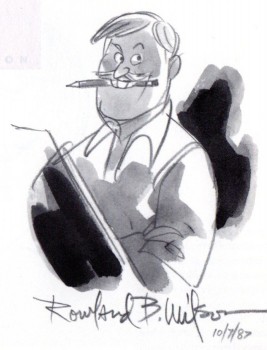 1
1Here is a self-caricature from 1987. (It’s from R.C. Harvey’s wonderful book
“A Gallery of Rogues: Cartoonists’ Self – Caricatures”
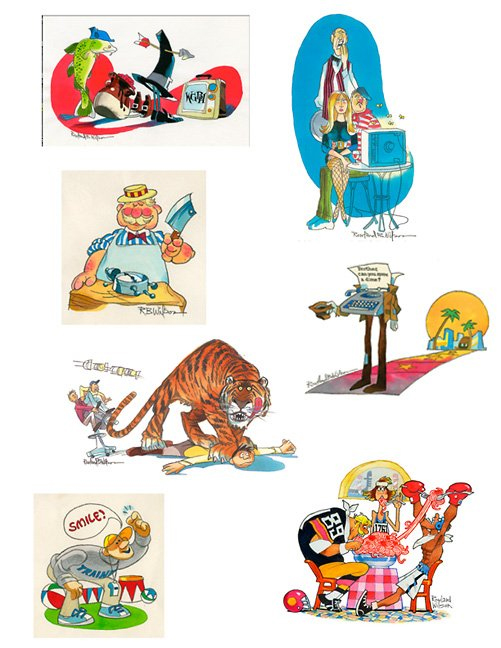
This card shows a number of the TVGuide illustrations
that were done by Rowland B. Wilson. Notice #14
is the last one on thias card. Unfortunately, this
is the largest size I have of the color version.
To close it out, I have this image from Suzanne Wilson, from an original of a RBW TV Guide illustration:
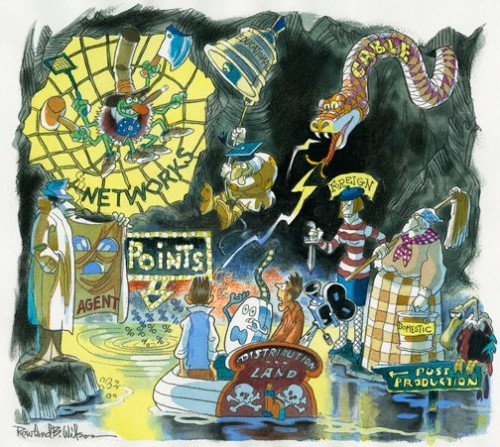
Many thanks to Bill Peckmann for the hard work in putting this post together, and thanks to Suzanne Wilson for the final image.






